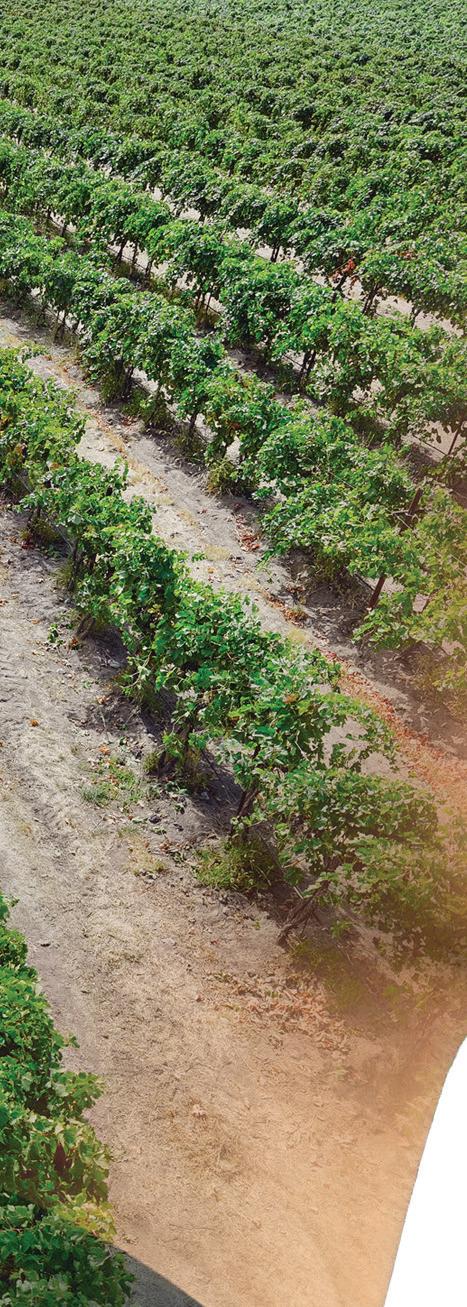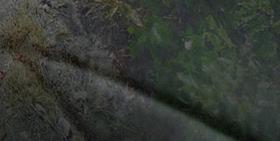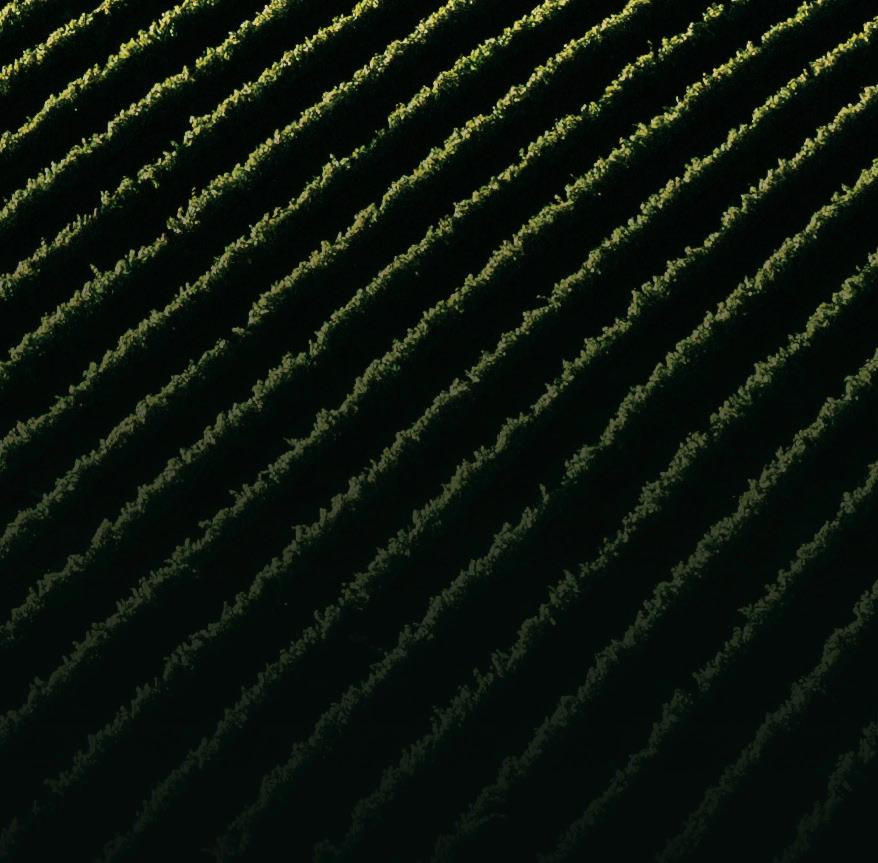










































































There’s this place in Montana that might just surprise you. A place where you’ll find solitude, untouched wild spaces and adventure just minutes from gourmet restaurants, funky local shops and a killer music scene. It’s a place surrounded by mountains, with trails that start right outside your door and rivers crisscrossing the city. Missoula is a place of families and students, fine dining and food trucks, arts and culture. And it’s time to see this place for yourself.



USA Today, 2024
With a population just under 75,000, Missoula exudes the comfort and closeness of a small town while delivering the amenities of a much larger city. Its national airport hosts six major airlines with 14 non-stop routes, and it only continues to grow. When it comes to accommodations, your options range from downtown hotels with rooftop cocktail bars to riverfront cabins without a soul in sight. Like live music? This year’s summer lineup includes something for everyone, including favorites like Shania Twain, Hozier, Death Cab For Cutie, Jason Isbell, Blind Pilot, Wilco, Modest Mouse, Pixies and many more.

Nestled in the Northern Rockies, surrounded by seven wilderness areas and at the confluence of three rivers, Missoula is paradise for fresh air enthusiasts. On any given day you’ll see anglers gracefully casting in the Clark Fork River, while kayakers and river surfers perform athletic feats atop the man-made Brennan’s Wave. Tubing becomes an alternative form of transportation in the summer as folks ride the river right through town. Off the water, they explore a seemingly endless trail system and cycle the country’s friendliest streets.
When you aren’t exploring the great outdoors, there’s a whole new genre of adventure to experience in town. Missoula is a hive of cultural activities, with music venues regularly appearing on lists of best places to catch a concert, art galleries and murals decorating the streets, and film festivals making a regular appearance. In fact, the first Friday of each month is dedicated to celebrating art with downtown businesses welcoming patrons after normal business hours to mingle with local artists.
Missoulians take “local” seriously, and visitors are encouraged to do the same. Saturdays are spent shopping for meat, plants, produce and baked goods at farmers markets, while food festivals and brew fests seem to occur every other weekend. This spans far beyond the food and beverage scene, though—Missoula is a town fiercely loyal to that “Made in Montana” label. This is a community of makers and supporters, foodies and friends. It stands to reason that Missoula has not one but three weekly downtown markets, artist pop-up shops at local breweries, two annual MADE fairs with Montana-made treasures, and endless local boutiques lining the streets.
As a regional destination for dining and shopping, Missoula offers an abundance of restaurants, cafés, breweries and shops to satisfy all palates and budgets. Your favorite meal might come from a white tablecloth restaurant or a food truck you stumbled upon downtown, topped off with a locally brewed beer or nationally recognized ice cream cone.
Why settle for just one when you can have it all? In Missoula, the best of both worlds is right at your fingertips—breathtaking outdoor adventures and vibrant city life. And to top it off, you might just enjoy a slice of locally baked cake while soaking in riverfront views.
Ready to dive into the Missoula experience? Your adventure begins the moment you check in. Whether you’re looking for a chic downtown hotel, a cozy riverside cabin, or something in between, or your favorite brand hotel, there’s a perfect spot waiting for you. Don’t wait—secure your room now and make your escape to this mountain town that’s full of surprises. Your next great adventure is just a booking away!
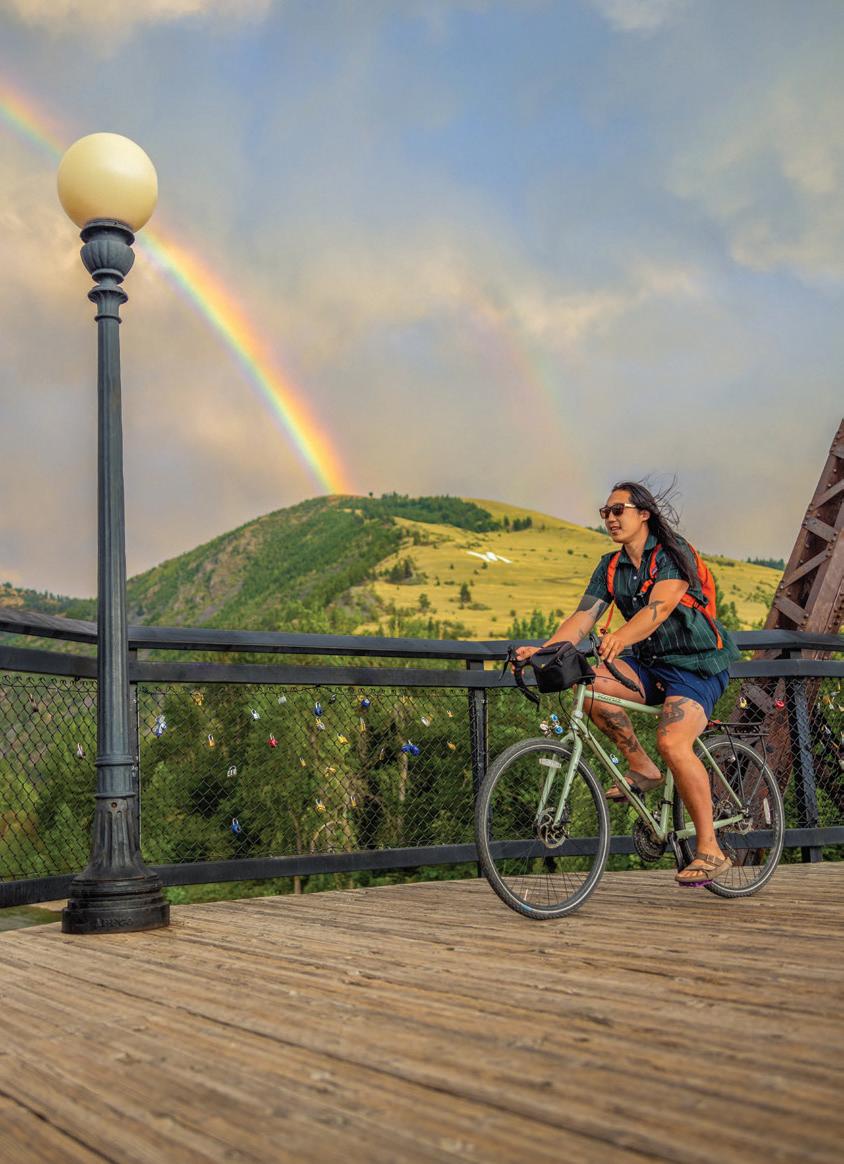



Call 1.800.526.3465 or visit destinationmissoula.org/1859 for more information.







































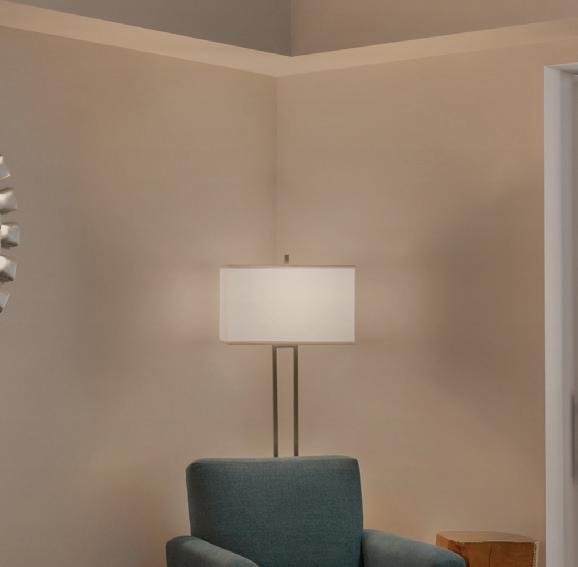



















Since its founding in 2010, local nonprofit Washed Ashore has turned plastic pollution into larger-than-life sculptures. (pg. 74)
Keep

Oregon has been the se ing for many iconic films since the dawn of the movie industry. Here are seven filming locations you can visit to get you started. wri en by Jean Chen Smith

In an otherwise contentious subject of water management, collaboration among stakeholder groups in the Deschutes Basin is the norm. Is everything okay?
wri en by Daniel O’Neil


The art nonprofit Washed Ashore in Bandon is now in its fi eenth year and has helped turn 35 tons of plastic ocean pollution into a powerful voice to save our oceans.
wri en by Kerry Newberry

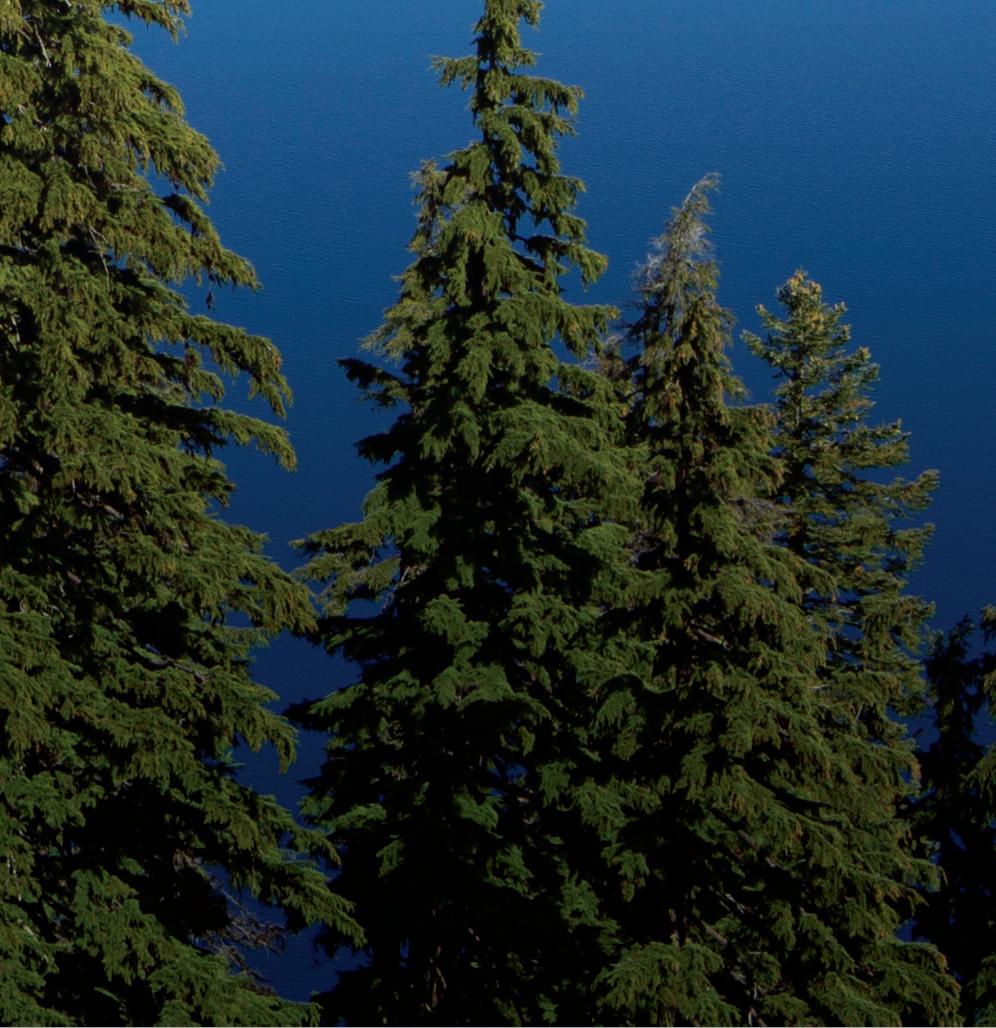

Our faraway neighbor may have laid claim to that title, but, when it comes to gardens, they’ve got nothing on Oregon.
• The Oregon Garden is the most popular public garden outside of the Portland area. Situated on 80 acres in Silverton, the garden is both a wonderland and a wander-land showcasing Oregon’s native plants and trees.
• There are hidden botanical gems too. Dallas, Oregon’s best kept secret? An authentic and stunning Japanese garden at the heart of Dallas City Park (pictured here). Fully restored in 2024, the garden is ready to welcome visitors to an oasis of beauty and serenity.
• The Lord & Schryver Conservancy preserves the legacy of one of Oregon’s earliest (and first woman-owned) landscape architecture firms. Their influence can still be seen in gardens throughout the Pacific Northwest. The showcase garden at their shared home in Salem is now restored to its original glory.


Each of these gardens has received funding through the Oregon Lottery to help support maintenance or restoration efforts. Your lottery play helps the places that make Oregon special, including our public gardens.
If you’re looking for activities to brighten your summer, consider a visit to an Oregon garden. No need to roam to the East Coast. You might find another fine garden state right here in your own backyard.















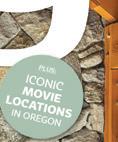





18 NOTEBOOK
Dining atop Mt. Bachelor, music fest season, Oregon’s poet laureate.
25 FOOD + DRINK
Method Oregon Grand Tasting at Domaine Willame e, coastal eats, summer cookbooks.
28 FARM TO TABLE
Watermelons at Barn Frog Farm.
36 HOME + DESIGN
A Tolkien-inspired home gets Middle-earthy.
46 MIND + BODY
Yoga in vineyards.
48 ARTIST IN RESIDENCE
Powerful photographs curated by Christopher Rauschenberg.
54 MY WORKSPACE
A dip and a sip in Portland’s new The Wine Spa.
56 GAME CHANGER
The Chamber Music Society of Harney County.
86 TRAVEL SPOTLIGHT
Dos Mariposas Vineyards & Lavender, near Medford.
88 ADVENTURE
Cultural adventures in glass, writing and cra .
90 LODGING Two Capes Lookout.
94 TRIP PLANNER Baker City.
100 NW DESTINATION Blackfoot, Idaho.









CATHY CARROLL
Writer
Bibliophile
“Listening to former rancher and Oregon Poet Laureate Ellen Waterston read her work ropes you in, imbuing you with the essence of her muse: the high desert, from ‘the snow-dusted Pueblos (to) the skulking coyote,’ Waterston’s unflagging love for this land and her belief in writing as a bridge that can unite and heal Oregonians of all persuasions will inspire anyone who encounters her along her peripatetic poet’s journey.” (pg. 24)
From Haiti to the Himalayas, Cathy Carroll has covered some of the world’s most fascinating people and places for national and regional news organizations. Based in Bend, she never tires of telling the stories of creative thinkers and singular places.

PETER MAHAR Photographer
Farm to Table
“I love telling people’s stories. Whatever it might be, if you want it told honestly, I want to capture it for you. I have spent the last fourteen years honing my skills for getting people comfortable and to open up in front of the camera, so they’re free to be themselves. Peter and Chloe were camera shy at first, but after I got to explore their farm and hear more of their story, we created a collection of beautiful images of their awesome farm, Barn Frog.” (pg. 28)
Peter Mahar is a wedding and portrait photographer based out of Oregon since 2011.

TAMBI LANE Photographer
Homegrown Chef
“After photographing a second cookbook, I knew it was time to transition from portraits and running a full-time studio to photographing food. Collaboration has been a favorite part of photography for me, and working in a new genre gave me an opportunity to create with many new and talented people. My favorite perk of them all, and the answer to the most-asked question, is yes! I usually do get to taste all of the dishes I photograph, and who doesn’t love that!” (pg. 34)
With nearly two decades of experience in photography, Tambi Lane is a food and beverage photographer in Bend. She enjoys time with her family and two French bulldogs.

Photographer
Home + Design
“Photographing the Hobbit House in Mosier felt like stumbling onto a film set. It’s tucked into this perfect little forest clearing. Suddenly there’s a stone cottage with round doors, warm timber throughout and a surprising amount of mosaic tile—playful, intricate and totally unexpected. It felt like someone quietly committed to building a dream and then actually did it. Stepping into it was like being inside their meticulously crafted imagination, made solid in stone and timber.” (pg. 36)
Christopher Dibble is a West Coast-based photographer and has spent his career photographing projects for commercial and editorial clients, designers, artists and architects.


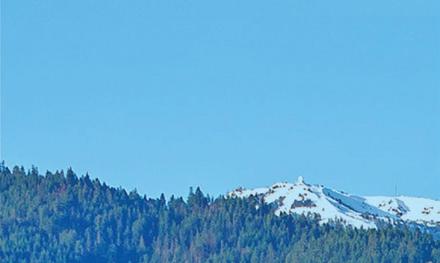

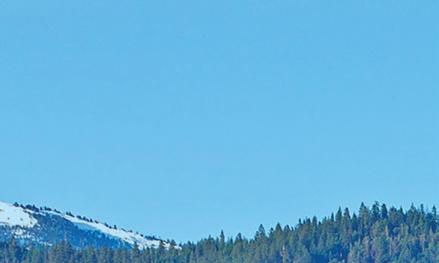














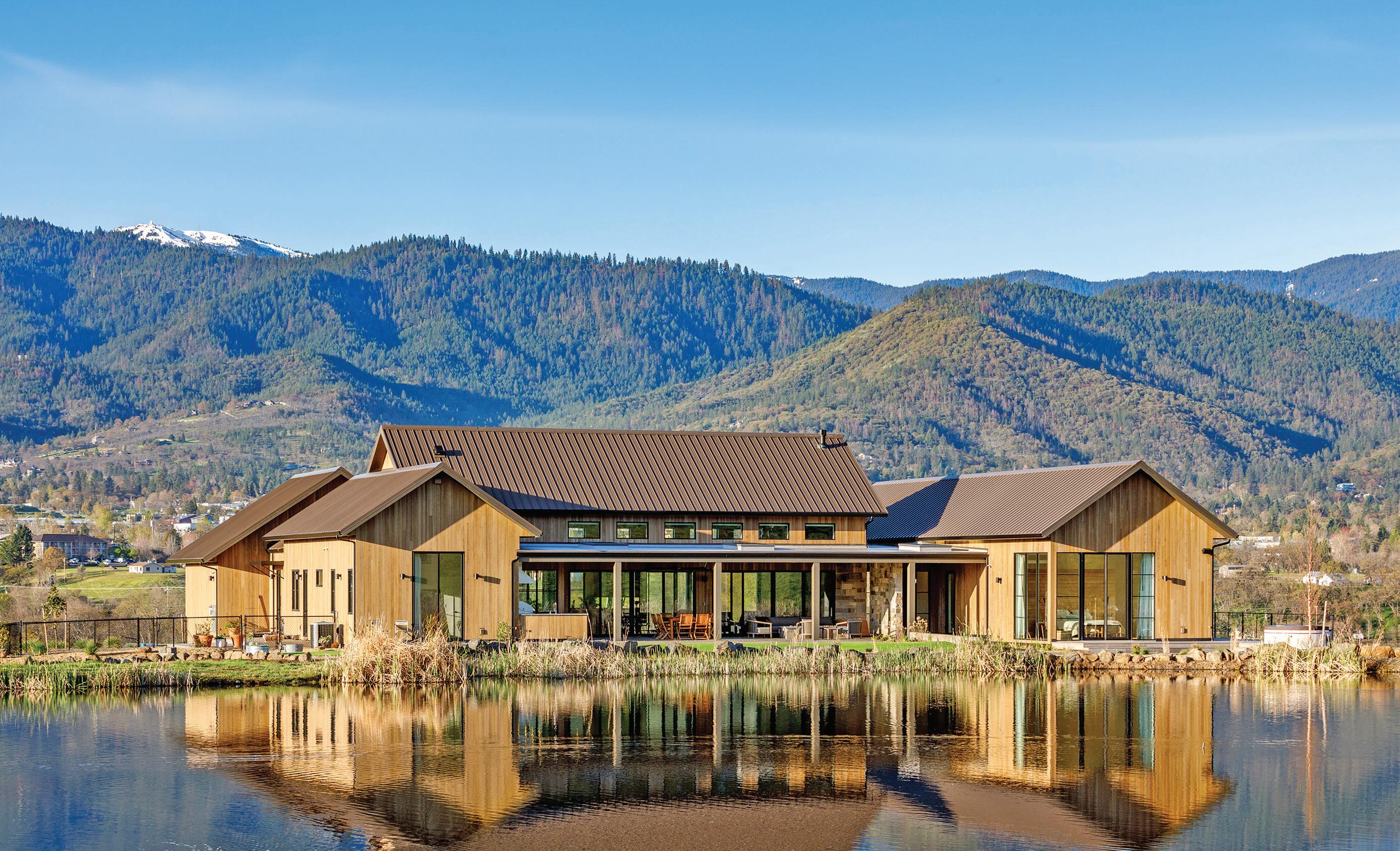
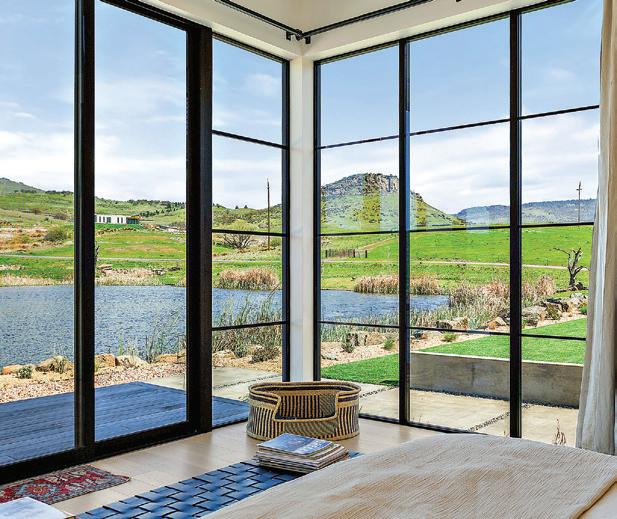




EDITOR Kevin Max
CREATIVE DIRECTOR Allison Bye
WEB MANAGER Aaron Opsahl
SOCIAL MEDIA MANAGER Joni Kabana
OFFICE MANAGER Cindy Miskowiec
DIRECTOR OF SALES Jenny Kamprath
HOMEGROWN C HEF Thor Erickson
BEERLANDIA COLUMNIST Jeremy Storton
C ONTRIBUTING WRITERS Cathy Carroll, Jean Chen Smith, Melissa Dalton, Joni Kabana, Julie Lee, Kerry Newberry, Daniel O’Neil, Ben Salmon, James Sinks
C ONTRIBUTING PHOTOGRAPHERS Christopher Dibble, Brian Lackey, Tambi Lane, Peter Mahar, Daniel O’Neil, Jeremy Storton
CONTRIBUTING ARTISTS Kristiina Almy
70 SW Century Dr. Suite 100-218 Bend, Oregon 97702
Headquarters
592 N. Sisters Park Ct. Suite B Sisters, OR 97759
www.1859magazine.com /subscribe @1859oregon
All rights reserved. No part of this publiCation may be reproduCed or transmitted in any form or by any means, eleCtroniCally or meChaniCally, inCluding photoCopy, reCording or any information storage and retrieval system, without the express written permission of Statehood Media. ArtiCles and photographs appearing in 1859 Oregon’s Magazine may not be reproduCed in whole or in part without the express written Consent of the publisher. 1859 Oregon’s Magazine and Statehood Media are not responsible for the return of unsoliCited materials. The views and opinions expressed in these artiCles are not neCessarily those of 1859 Oregon’s Magazine, Statehood Media or its employees, staff or management.

THERE IS NOTHING that brings a smile to my face more than just about any creature from Washed Ashore, the Oregon Coast environmental nonprofit. Its artists and teachers collect trash that has washed ashore and recycle it into (in many cases) ocean creatures whose incarnation raises awareness and money for educational programs about ocean conservation. The business model is brilliant, its curriculum important and its sculptures inspired. If this world right now is feeling bleak and confining for you, point your vehicle toward Bandon for the curative powers of inspiration and laughter. See Gallery on page 74.
More feels are on the way in Burns. Our Game Changer tells the inspired story of musicians who come together twice a year in this town of 2,700 residents to sit down as the Chamber Music Society of Harney County. A police officer plays clarinet, a county commissioner takes on tenor sax and a Burns Paiute Tribe member is on tuba. Many more local musicians join them in playing movie soundtracks, marches and folk songs. These community members come together for the greater good in free concerts for their neighbors. Turn to page 56 to read their story.
Before the smile fades from your face, skip down to page 64 to read about the water economy of Central Oregon, where whiskey’s for drinking and water’s for reasonable people all working together in a circle of trust. When it comes to water and the high desert, most of us are ready for stories of sabotage
and fraud. This story of collaboration among stakeholders in the Deschutes Basin is a model for others across the country, where mutual trust is a scarce commodity.
On to fairy sightings in this issue. In Homegrown Chef, Thor Erickson takes us behind the scenes of the earthy world of morel hunting, where, as time is running out, he unearths a fairy ring of fungi. Turn to the amusingly titled “The Morel the Merrier” on page 34 for this story and Thor’s recipe for morel cream sauce.
Your second fairy sighting is really another fantastic forest creature—the hobbit. Our Home + Design feature tells the story and shows the outcome of one woman’s fascination with Tolkien’s hobbit-ful trilogy. Modest in size, her hobbit home is a beautiful structure on 26 acres in Mosier. Its interior feels like a well-lit and earthy cave. Its exterior certainly fits the part of a hobbit house. A smile caught me by surprise when I first saw the photos of it. I wish the same for you. Turn to page 36 to see this unusual home.
There are more stories in this issue that are the inert form of happiness. One such piece comes from the words that form the recipe for the Centennial Fizz Cocktail. This takes Oregon-grown watermelon and raises it to a higher state with the help of Campari and gin. Pour it into a Collins glass and garnish with a slice of watermelon, and you will feel a dash of happiness. For one last smile (mine), I’m not saying on which page that recipe lies. Cheers!
ways to connect with your
www.1859oregonmagazine.com | #1859oregon | @1859oregon

HAVE A PHOTO THAT SHOWS OFF YOUR OREGON EXPERIENCE?
Share it with us by filling out the Oregon Postcard form on our website. If chosen, you’ll be published here.
www.1859oregonmagazine.com/postcard
and
a sense of
and grounding.









Stop by Local, our curated online shop of goods made by businesses in the Pacific Northwest. Find jewelry, specialty foods and more. Or show your state pride with 1859 T-shirts, hats and other apparel.
www.1859oregon magazine.com/shop
More Pacific Northwest, delivered to your inbox! Sign up for our Adventure Mail newsletter and get access to the latest Northwest getaways, giveaways and more.
www.1859oregonmagazine.com/live/ subscribe-to-oregon-adventure-mail





Read 1859 Oregon’s Magazine and 1889 Washington’s Magazine anywhere, on any device, with our digital edition. Follow us today on Issuu.com
www.bit.ly/statehood mediadigital

NOTEBOOK 18
FOOD + DRINK 25
FARM TO TABLE 28
HOME + DESIGN 36
MIND + BODY 46
ARTIST IN RESIDENCE 48






written by Cathy Carroll
Dine at Mt. Bachelor’s Pine Marten Lodge, offering a visual feast at 7,800 feet—the Cascade Range’s Broken Top, the Three Sisters Wilderness, alpine snowfields, emerald meadows and the sun reflecting on Sparks Lake. Ride the chairlift from the base lodge at 6,300 feet and bring an extra layer—the temperature on the mountain is typically 10 to 15 degrees cooler than in Bend and Sunriver.
www.mtbachelor.com

Fractal patterns abound—from mountain ranges and galaxies to snow crystals and neurons. Scientists are using them to unlock the universe’s secrets. We evolved alongside nature’s fractals, so seeing them, building them and even listening to sonic fractals soothes the brain and reduces stress. In this hands-on exhibit running through October 5, you can build a fractal, listen to sonic patterns and relax in a bean bag chair as animated visuals create new fractals in real time.
www.highdesertmuseum.org/fractals
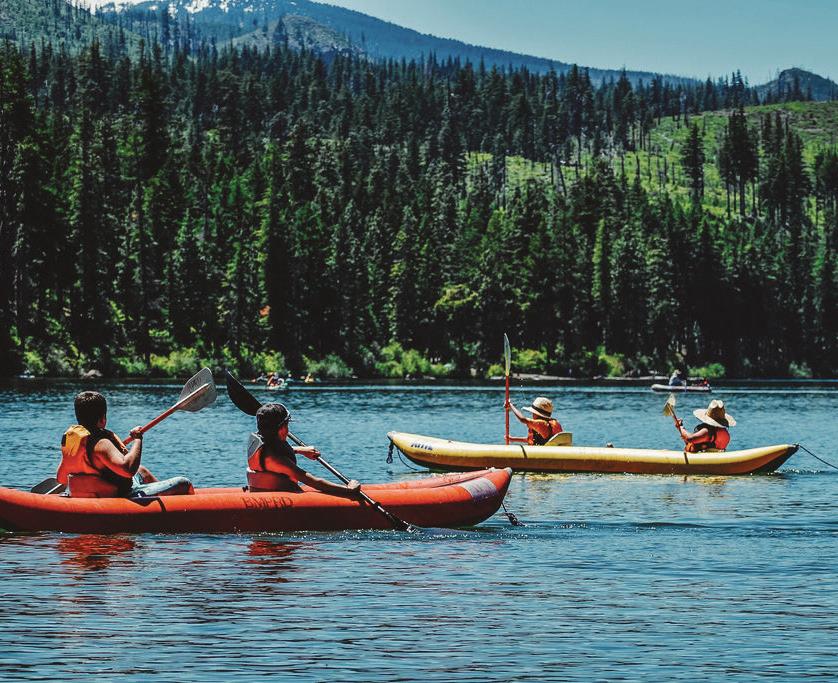
The Suttle Lodge & Boathouse
Revel in classic lakeside vibes at The Suttle Lodge & Boathouse on Suttle Lake. Rent a kayak, canoe or paddleboard, and then savor a fish-and-chip sandwich or Oregon bay shrimp roll. Sip a libation like the gin ’n’ conifer—crafted with gin, tonic water and Douglas fir liqueur—and indulge in a nostalgic soft-serve ice cream. Check into the lodge or one of the cabins, and dream of simple pleasures.
www.thesuttlelodge.com




Literary Arts’ Bookstore Café
What pairs perfectly with Literary Arts’ lectures, readings, discussions and classes? The new café at its headquarters, which opened last December in Portland’s Central Eastside Industrial District. Sip a custom Literary Arts blend by Upper Left Coffee Roasters served in mugs by local ceramicist Lady E or opt for an OKAPI reusable to-go cup to cut down on waste.
www.literary-arts.org

McMenamins Garcia
Birthday Tie-Dye Golf Tourney

Two seemingly disparate tastes—counterculture rock and golf—come together at McMenamins Edgefield Golf Course on August 3 with the Garcia Birthday Tie-Dye Golf Tourney. All ages are welcome to join the twenty-hole celebration of Jerry Garcia, cofounder of the Grateful Dead. Dress code: What would Jerry wear? Prizes awarded for oncourse contests.
www.mcmenamins.com
Field Guide to the Grasses of Oregon and Washington


The grass is always greener when you understand it better. This newly updated reference for 394 species, subspecies and varieties of grasses is indispensable for identifying them, whether you’re a botanist or plantloving hiker. With eighteen additional species and improved photos and maps, this second edition offers an in-depth and refreshed treatment of both native and introduced grasses that grow wild here.
www.osupress.oregonstate.edu

written by Ben Salmon
OREGON IS a place full of wonderful music, and in the summer, much of that music can be heard at music festivals across the state. They happen in the middle of cities and in open pastures and just about anywhere you can fit a stage, a crowd and room to dance in the sunshine (or under the stars). Here are six fests happening in Oregon this summer that deserve a spot on your calendar of fun things to do.
Every Oregonian should experience at least one concert at the Britt Pavilion, a naturally formed amphitheater set among majestic ponderosa pines and native madrones on the estate of nineteenth-century photographer Peter Britt. This summer, you’ll have many chances to do exactly that, as the Britt festival is not a long, hot weekend in a field staring at a stage, but a diverse concert series that runs from June to September, bringing major names from the worlds of pop, rock, country, jazz and classical music to Southern Oregon. There’s a reason this thing has been happening since 1963!
Dates: Through September
Location: Britt Pavilion, Jacksonville
Lineup highlights: Regina Spektor, Brothers Osborne, Rainbow Kitten Surprise, Leftover Salmon, Chicago
More info: www.brittfest.org









If country music is your jam, then the Oregon Jamboree is for you. Nestled in the foothills of the Cascade mountains, the event features two stages and twenty-five artists, ranging from longtime country stars to up-and-coming acts and all points in between.
And if you’re a history buff (or a bridge buff), take a break from the tunes for a short walk to the Weddle Covered Bridge, a 120-foot span across Ames Creek that was built in 1937 and relocated to its current spot in 1989. Country music and covered bridges— they go together like Johnny and June Carter Cash!
Dates: August 1-3
Location: Sweet Home
Lineup highlights: Clay Walker, Shane Smith and The Saints, Deana Carter, Jordan Davis, Sawyer Brown
More info: www.oregonjamboree.com

There are a lot of beautiful things about Sisters Folk Festival, but one of the most beautiful is how the annual event takes over the picturesque town of Sisters. With seven stages all within walking distance of each other, this is music-festing at an ambler’s pace, which makes it incredibly easy to bounce from place to place and catch a dazzling array of artists playing on big stages and in intimate
venues. Don’t let the name fool you: Sisters brings in folk singers, but also blues, bluegrass, world music, rock ’n’ roll and beyond, plus an A+ experience.
Dates: September 26-28
Location: Across the town of Sisters
Lineup highlights: Loudon Wainwright III, Katie Pruitt, Kyshona, Martyn Joseph, Grace Bowers & The Hodge Podge
More info: www.sistersfolkfest.org
Over the past couple of years, the Deschutes County fairgrounds in Redmond has started hosting big, multiday music festivals. This year brings a newcomer: Reggae Rise Up, which is the Oregon installment of a series of events across several states. As you can probably guess, it is a celebration of reggae music, with strong nods to hip-hop, dub, ska, pop, electronic music and other styles that fit in with the irie vibes. And don’t worry: There’ll be food available if you get the munchies, and on-site camping if you find yourself blazing in the sun.
Dates: August 29-31
Location: Deschutes County Fair & Expo Center, Redmond
Lineup highlights: Damian “Jr. Gong” Marley and Stephen Marley, Slightly Stoopid, Cypress Hill, Michael Franti & Spearhead
More info: www. reggaeriseup.com
The world-renowned Pickathon festival has evolved in recent years, but three important components remain unchanged: the venue—a rustic, forested farm on the outskirts of Portland that feels like a magical world on festival weekend; the lineup, which is expertly curated and consistently ripe for discovery of new favorite bands; and the spirit of Pickathon, where art, music, families, food and sustainability come together to form one of the best music festival experiences not only in Oregon, but the entire country.
Dates: July 31-August 3
Location: Pendarvis Farm, Happy Valley
Lineup highlights: Portugal. The Man, Taj Mahal, Greensky Bluegrass, Reyna Tropical, Fruit Bats, Haley Heynderickx
More info: www.pickathon.com


They keep saying rock ’n’ roll is dead. They’re wrong of course. Rock ’n’ roll is alive and well outside the mainstream, including in Umatilla, where the Rock the Locks festival will present three days of loud ’n’ proud bands that know how to plug in their amps and crank ’em up to eleven. The lineup includes bands from multiple decades, so there’s something for everyone, from your grandpa who loved Guns N’ Roses to
kids interested in finding the next big thing. And with food vendors, beer gardens and on-site camping, you’ll have something to do when your neck is tired from all that headbanging.
Dates: September 26-28
Location: Big River Golf Course, Umatilla
Lineup highlights: Seether, The All-American Rejects, Third Eye Blind, Skillet, Black Veil Brides
More info: www.rockthelocks.org

Oregon’s poet laureate brings verse to every corner of Oregon
interview by Cathy Carroll
ELLEN WATERSTON of Bend is midway through a two-year term as Oregon’s poet laureate. Poetry has always been at the center of her writing, and she is also the author of three award-winning literary nonfiction books: Walking the High Desert, Where the Crooked River Rises and Then There Was No Mountain
Waterston founded the Writing Ranch, o ering retreats and workshops for established and emerging writers, and the literary arts nonprofit, The Nature of Words, which she directed for more than a decade. She also founded the Waterston Desert Writing Prize, annually recognizing a nonfiction book proposal that examines the role of deserts in the human narrative, now a program of the High Desert Museum. Her latest book is We Could Die Doing This, Dispatches on Ageing from Oregon’s Outback, a collection of essays.
What are some of your most memorable moments as Oregon’s poet laureate thus far?
As I gallop back and forth across this magnificent state (think Poetry Express!), I can honestly say every workshop, every formal event or conference, every gathering large or small, whether in rural or urban se ings, has been truly memorable. Wherever I have gone, both on Oregon’s dry side and wet side, the appetite for poetry, to hear it and write it, has been staggering. I have a theory about that. I’m struck by the fact that when words are strung together with creativity, intention and compassion, they elicit the same response from everyone, be they fourth graders, National Guard cadets, residents at senior centers, ranchers, CEOs or community college students. It gives me hope like nothing else.
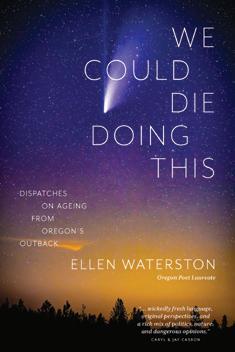

dream of changing horses now. I o en say I believe we are led to the landscape that teaches what we need to learn. For me, it is Oregon’s Outback. And what a teacher it has been—in patience, subtlety, humility, tenacity, gratitude and awe. I don’t always succeed, but try to bring those qualities to the page and to each day. For others, the muse might not be a landscape, rather a person or life event. Whatever it is, the muse is both partner and taskmaster in writing the story each of us came to tell with our lives. As I work on a new collection of poetry and a creative nonfiction project, my muse sits me down, gets me going.
What impact do you think your teaching and writing has had in the region?
Poetry, liberally defined, is an agent of understanding. … Particularly at this time in Oregon’s and the nation’s history, I see the importance of reinforcing this, our common language.
What are your hopes for the second half of your term?
I hope to go to the counties in the state I’ve not yet visited. To date I have visited fourteen at least once. I look forward to visiting the remaining twelve in year two.
The high desert has long been your muse. What inspires you now?
The high desert landscape remains my muse. I wouldn’t
I do know my teaching (I started the Writing Ranch in 2000) has launched emerging writers as well as helped established writers. Many have been published. More importantly, and I think this is generally so, is that all come away from a workshop with a deeper relationship with a renewed commitment to writing.
As to the impact of my own writing, my experience is that slaving over a manuscript, poetry or prose, then o ering it in book form to readers, is tantamount to blowing a small feather o your palm, watching it get picked up by a breeze and blown away. You never really can know what will grab hold, if it will, and, if so, when.



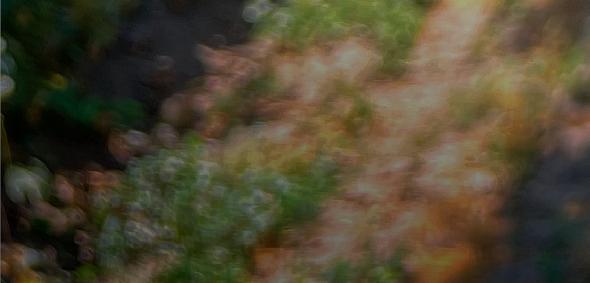


RIGHT NOW, VAST ROWS of hop bines across the northwest reach to the sky like lazy bean stalks. ey spent the last four months soaking every drop of water while growing up to a foot per day. Under the summer sun, they formed cones, which are now starting to ripen.
In about a month, the fields will begin to buzz as harvest runs around the clock. Trucks will move through the hops like a drive-through car wash, while laborers pull them down wire by wire. When full, the trucks look like green-headed muppets heading toward the processing center. ere, hop cones will be stripped and poured a few feet deep into one of many drying kilns the size of several tennis courts.



hops are meticulously dried with the utmost precision. Later, they’ll be compressed into 200-pound bales or sent to be pelletized before heading to brewers.

Timing is everything. Too wet, and they’ll spoil in hours. Too dry, and they can spontaneously erupt in fire. erefore, these
recipe
La Playa
• 1½ ounces coconutwashed bourbon
• ¾ ounce Aperol
• ¾ ounce pineapple juice
I was standing in front of a class trying to explain the scope of all this when it hit me: Hops are like moon rocks. ink of the massive effort required to look at an extraterrestrial rock on display, and hops are not too far off. is NASA-esque feat of engineering and execution is a tremendous undertaking that results in something that, frankly, many of us take for granted.
We beer lovers understandably get lost in the experience, and that’s the way it ought to be. But, perhaps, while fruit and pine aromas from the glass orbit our noses, understanding what seems to be one small step for hops is actually a giant leap in flavor for all.


• ¾ ounce lime juice
• ½ ounce simple syrup
• 2 dashes Angostura bi ers
Add all ingredients to a shaker with ice, and shake well. Pour into your favorite chilled glass. Garnish with a pineapple leaf cut along one side.


written by Kerry Newberry
SPARKLING WINE enthusiasts know that a glass of bubbles pairs with everything, making it the ultimate dinner party wine. What’s new to the table is that sparkling wine in Oregon is on the rise—it’s actually one of the fastestgrowing segments of the wine market. And this summer, you can dive into an inaugural event celebrating all things sparkling in Oregon.
Set for July 26 at Domaine Willamette in Dayton, the Method Oregon Grand Tasting will feature twenty-two wineries pouring more than fifty traditional method sparkling wines along with educational experiences that spotlight the intricacies of traditional method, why Oregon’s terroir is so special and the evolution of the state’s soaring sparkling wine scene.
“No place in the world has our specific climatic conditions for developing aromas and flavors in the cool-climate varieties of pinot noir, chardonnay and pinot meunier,” said Jim Bernau, founder of Willamette Valley Vineyards and co-founder of Domaine Willamette. He credits the cool ocean breezes that drift over the Coast Range followed by long, warm summer days. is summer event is where you can taste all the reasons Bernau predicts the North Willamette emerging as one of the finest sparkling wine regions in the world. Options include tasting-only tickets or a limited full-day experience (a morning panel discussion, wine-paired lunch and VIP tasting hour with winemakers). For more details, visit www.methodoregon.com.


Who doesn’t dream about dining with Nostrana’s fabulous Cathy Whims? You can join the sixtime James Beard nominee for best chef on one of her culinary tours through Italy—or bring her into your home kitchen with her new cookbook: The Italian Summer Kitchen. In this delightfully illustrated cookbook, Whims shares recipes and stories from Italy’s many sun-soaked regions. Standouts include bite-size zucchini fritters and a dreamy cherry panna cotta. Join her next book party at Portland’s Vivienne Culinary Books on August 17 at 6 p.m. www.nostrana.com


Find endless inspo for backyard pizza parties with the new cookbook by the husband-and-wife team behind Vindulge, an online hub dedicated to creative cooking and wine pairing. You’ll find more than forty recipes ranging from a classic white pizza topped with earthy mushrooms to a garden-inspired pie layered with hazelnut pesto, peppery arugula and a drizzle of hot honey. Pizza for breakfast? There’s an entire chapter devoted to brunchy slices—from biscuits and gravy to huevos rancheros. www.vindulge.com


Cue ice cream on rotation all summer long with a new cookbook starring wildly creative flavors from the state’s most beloved scoop shop. In his second cookbook, Tyler Malek, the genius behind Salt & Straw’s swoon-worthy scoops, shares the essentials for making gelato, sorbet, ice cream and more along with seventy-five recipes for sensational and savory flavors like smoked-cherry vanilla, lemongrass and fish sauce caramel, and roasted strawberries with Japanese whiskey. www.saltandstraw.com
Summer nights on an electric red jet boat? Here’s what that tastes like. After coasting 14 stunning miles upriver (with frequent stops for wildlife viewing), you’ll land on a quiet pebbled beach for a sunset picnic with provisions from Red Hills Market. In between s’mores and campfire stories, local astronomer Roger Pence navigates the night sky with a 6-inch Schmidt-Cassegrain telescope. Current dates include August 21 and 26.
NEWBERG
www.nwjetboatcharter.com
After pairing a pint with snacky bites like chewy housemade pretzels or steelhead tacos, visit the brewery’s adjacent 50-foot-high Hopservatory. Set for a night of wonder with a 16-inch, research-grade telescope, you’ll be able to see planets, the moon, stars, nebulae and the occasional galaxy depending on the time of year. Open for public night sky viewings every Wednesday and Thursday from 9 to 10 p.m. and an hour later on Friday and Saturday.
495 NE BELLEVUE DRIVE BEND
www.worthygardenclub.org
Head to Southern Oregon’s Jacksonville for an enchanting summer concert set in a natural amphitheater surrounded by stately ponderosa pines. Build a picnic from on-site food trucks along with local wines, or preorder a picnic from the popular McCully House Pub & Lounge (also known for their legendary baked goods). Soon after sunset, stars sprinkle across the expansive night sky.
350 S. 1ST ST. JACKSONVILLE www.britt.org



written by Kerry Newberry
IN THE LAID-BACK days of summer, there’s no sense in overthinking dinner. It’s also prime season for impromptu jaunts to the coast where you can easily cool off and dine with pristine ocean or breezy bay views. Even better, you can skip the crowds by heading to some of the coast’s more off-the-beaten-path towns.
First stop, Captain’s Corner (www.captscorner.com) in the traditional fishing village of Garibaldi. At this locally owned seafood market, you can watch fishing boats drift by from picnic tables while snacking on freshly caught Dungeness crab and classic clam chowder served in a bread bowl. Pro tip: Bring a cooler to stock with the daily catch for patio dinners at home.
For oyster lovers, there’s no place like Netarts. Head to the old-school Schooner Restaurant & Lounge (www.schooner.restaurant) located at the boat launch overlooking Netarts Bay. Expect comfort dishes like shrimp and grits or steamer clams drenched in garlic herb butter and white wine. And don’t miss the wood-ovenroasted oysters rockoyaki, a delicious twist on the classic Rockefeller that’s served on a bed of beach rocks in a cast-iron pan.
At Pelican Brewing’s (www.pelicanbrewing.com) Siletz Bay location, summer evenings are magic on a sprawling patio that overlooks calming tides. This elevated pub fare has many salty standouts, from a seafood-packed pasta to a Dungeness crab boil that arrives with heaping mounds of steamer clams, shell-on shrimp and, of course, everyone’s favorite crab.



Oregon watermelons are a ripe and ready-to-eat sweet treat
written by
Julie Lee | photography by Peter Mahar
IS THERE anything more satisfying on a hot summer day than biting into an Oregon-grown watermelon, juice dripping between your fingers? Watermelons, composed of 92 percent water, are the ultimate healthy treat when you’re craving a summertime snack or dessert.
More than 1,200 varieties of watermelon are grown across the globe, and Oregon alone has more than 1,000 acres dedicated to this important crop. Derived from the same plant family as cucumber and squash, watermelon is an outstanding source of vitamin C and low in calories, with less than 50 calories for a cup of diced melon. Seedless watermelons were created in 1939 by Japanese scientists, and in the 1970s, demand skyrocketed for this summer staple.


Oregon is vaunted for its crowd-pleasing watermelons, thanks to the optimal environment for growing them in Hermiston. The Eastern Oregon climate and rich volcanic soil make for idyllic growing conditions, and there is enthusiastic hometown pride in Hermiston around its melons—branding throughout town incorporates a city logo with the motto “Where Life is Sweet.”
Multigenerational farms in Hermiston have annually delivered Hermiston Melons in boxes brilliantly marketed with two words: “They’re Here!” Melons grown and packed in Hermiston ship to retailers and wholesale outlets throughout the Pacific Northwest and into Canada.
Farming watermelons can be laborious—watermelons must be harvested by hand, with field workers cutting ripe melons off vines one at a time. Unlike other fruits, watermelons don’t ripen
once they are cut, so the race is on to gather ripe melons and get them to the market, once harvest begins in mid-July.
While Hermiston is renowned for growing, packing and shipping mouthwatering watermelons, there are also smaller operations in Oregon, bringing this delicacy to local farmers markets.
Peter and Chloe Anderson of Barn Frog Farm are a small, twoperson operation growing first-class watermelons in Halsey. Starting out in 2019 with just a little over an acre of leased land, they’ve since quadrupled in size, now owning property where they farm a variety of fruits and vegetables. Their prized melons are sold at farmers markets in Portland.
There are joys and challenges to being a two-person farm, and their backgrounds are varied. Chloe’s résumé is rooted in environmental science and conservation, and she finds farming to
be a healthy balance between physical and mental work and a way to contribute to the long-term health of the environment. Peter grew up working on a dairy farm in the summers, starting at age 11. “The work ethic I learned in my childhood made it a lot of sense for me to (eventually) be my own boss,” he said. “I love that I can be a steward of the environment through farming and grow healthy food for people.”
Being a small operation provides day-to-day diversity and demands fluidity in a broad range of responsibilities, from ordering and starting seeds to planting, harvesting and selling at markets. “It allows us to see our produce come full circle and connect with our customers face to face as the farmers who grew each product,” said Peter.
Consumers and chefs alike seek out Chloe and Peter in farmers markets, where they have been showing up for years, creating personal relationships with each customer.
Barn Frog Farm watermelons are picked at a precise moment of perfect ripeness and peak flavor, making it more ideal to sell the fruit in markets rather than grocery.
“I love the finished product, because if you go to the grocery store, it’s a roll of the dice,” said Peter. “Where are they from? Will it be good? Will it be sweet? Growing our own, we’re 98 percent confident it’s an amazing piece of fruit. The challenges include learning exactly when to pick each one and feeling confident about it.”
“Having grown and harvested the products we’re selling ourselves allows us to have a certain enthusiasm for them that helps us connect to our customers,” Chloe said. “We can communicate
“I love the finished product, because if you go to the grocery store, it’s a roll of the dice. Where are they from? Will it be good? Will it be sweet? Growing our own, we’re 98 percent confident it’s an amazing piece of fruit. The challenges include learning exactly when to pick each one and feeling confident about it.”
— Peter Anderson, Barn Frog Farm

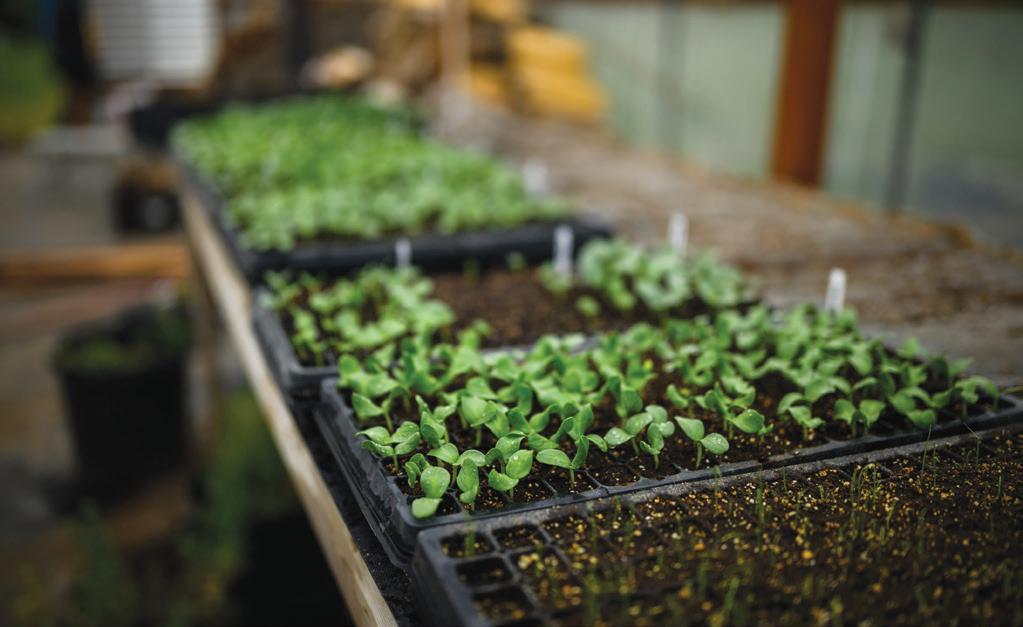
face to face the differences in flavor between our melon varieties, make recommendations based on customer preferences, and assure them they are ripe and ready.”
She continued: “Seeing our regular customers every week creates a strong sense of community and validates the work we put in to grow quality produce. Melons add a lot of diversity to our usual array of veggies and make farming fun for us. The crawling green vines are beautiful, but harvesting melon after melon can be a back breaking task. After harvesting them, we pack them for market. Then we load the van, unload the van and move them again for market display. It’s a lot of heavy lifting.”
“There’s no finish line,” said Peter. “There’s always more to do. The day ends when you go in for the night. Being close to the consumer is rewarding because so many people are appreciative of the work we are doing.”
Chloe and Peter’s favorite way to eat watermelon is when one “accidentally cracks open in the field on a hot summer day, and we stop to eat the whole thing.” Chloe said they “love a creative watermelon recipe, but most of the time, we’re eating ours plain out of the field.”
Chef Jami Flatt of Amaterra in Portland is a loyal customer of Barn Frog Farm, and when the wait is over for the hotly anticipated watermelon season, he visits Peter and Chloe weekly to pick up fresh melon for his famous Watermelon Salad with Chili-Lime Vinaigrette.
Watermelons go great in cocktails, and Jay Villemin, the bar supervisor of LARKS Home Kitchen Cuisine in Ashland, has an innovative take on a watermelon inspired cocktail.
Cornell Farm Cafe in Portland is a terrific stop for locally grown fare, and chef Alfredo Banguera’s Watermelon Feta Salad is as mouthwatering as it is simple to make.

Centennial Fizz Cocktail
LARKS Home Kitchen Cuisine / ASHLAND
Jay Villemin, bar supervisor
SERVES 1
• Watermelon, cubed and seedless
• Juice of 1 lemon
• ½ ounce Campari liqueur
• 1½ ounces gin (your favorite)
• 1 ounce simple syrup
• Soda water
Muddle 4 1-inch cubes of fresh watermelon in the bo om of a glass. Fill glass with ice over the watermelon juice. Add lemon juice, Campari liqueur, gin and simple syrup. Top with soda water, and garnish with a watermelon slice or lemon peel. Stir, and enjoy!

Watermelon Salad with Chili-Lime Vinaigre e Amaterra / PORTLAND Chef Jami Fla
SERVES 8-10
• 2 shallots, minced
• 2 stalks lemongrass, peeled and minced
• 1 bunch cilantro stems, minced (save leaves for salad garnish)
• 1 inch ginger, peeled, minced





FOR THE SALAD
• 1 watermelon
• Chili-lime vinaigre e (recipe below)
• Flaky sea salt, to taste
• Favorite “grassy” extra-virgin olive oil (Spanish preferred), to taste
• ½ yellow onion, peeled, shaved thin, rinsed in cold water for 5 minutes
• 1 bunch cilantro leaves (saved from bunch used for chili-lime vinaigre e below)
• Roughly 40 mint leaves
• Roughly 40 basil leaves
FOR THE CHILI-LIME VINAIGRETTE
Makes 3 cups
• ¾ cup fish sauce (can substitute with olive brine to make vegan)
• ¾ cup rice vinegar, unseasoned
• 1 cup lime juice, fresh squeezed
• 2 cloves garlic, minced
• 1 Fresno chili, minced with seeds (or your favorite fresh chili)
• ½ cup white sugar, granulated
• 1 teaspoon kosher salt, or to taste
FOR THE CHILI-LIME VINAIGRETTE
Combine all ingredients; the vinaigre e is best a er 24 hours. Store in refrigerator for up to 7 days.
FOR THE SALAD
Chill the watermelon for 24 hours prior to cu ing. Using a sharp knife, peel away the rind from the watermelon, and dice into approximately 1-inch chunks. Arrange the watermelon onto a large serving pla er with a rim, not stacking too high. Liberally spoon the vinaigre e over the top of the watermelon. Season lightly with sea salt, and a drizzle of olive oil. Spread the onion and fresh herb leaves over the top of the watermelon, and serve.


Watermelon Feta Salad
Cornell Farm Cafe / PORTLAND
Chef Alfredo Banguera
MAKES 1 LARGE SALAD OR 2 SIDE SALADS
• 2 cups diced watermelon
• 1 cup cucumber
• 1 lemon, juiced and zested
• 8-10 mint leaves
• Salt and pepper, to taste
• ½ cup feta cheese
• 1 teaspoon ground or crushed pink peppercorn
• Optional: Tajín, for a li le spice

Cut watermelon into medium-sized cubes. Cut the cucumber in half lengthwise, and slice into ½-inch to 1-inch pieces.
Combine 2 cups watermelon and 1 cup cucumber in a bowl. Add lemon zest and juice. While watermelon salad is resting, finely chop mint leaves, and add to the mixture. Sprinkle with salt and pepper to taste. Top salad with feta, and garnish with crushed or ground pink peppercorn. If desired, add Tajín (blend of mild chili peppers, lime and sea salt) to your preferred level of spice.

written by or Erickson | photography by Tambi Lane
THE EARLY MORNING mist still clung to the Douglas firs when we pulled off the gravel forest road just east of the Cascades near Sisters. It was early summer, the sweet spot for morel mushroom season, and I was with my good friends omas and his son Chris. I’ve nicknamed Chris “the Mushroom Wizard” based on his knowledge and skill in the world of mushroom foraging— and his likeness to a wizard. We’d been texting back and forth about this excursion for weeks, waiting for just the right moment when the morels were up. We each carried a mesh bag, a pocket knife and a glint in the eye that only morel hunters know: hope, laced with visions of how we would use the fungi in our kitchens.
We hiked for a half mile in silence, not wanting to tip off anyone else to a good patch, adjusting our focus on the forest floor, damp, fragrant and padded with pine needles. Our eyes scanned the ground, dotted with false starts: pinecones, curled leaves, crinkled bark—all mimicking the morel’s signature honeycomb cap.
“ e Wizard” stopped and paused, looking around. “We are close,” he whispered. He was right. We were near an old burn zone from the previous fire season, with nutrient-rich, disturbed soil—prime conditions for morels. We fanned out along a gentle slope, allowing space to maximize our chance of success. Apart from chirping birds overhead and the occasional woodpecker tapping rhythmically in the distance, it was dead quiet. Fifteen minutes passed with no sign. en, Chris knelt suddenly and matter-of-factly mumbled, “Got one.”
We rushed over and crouched beside him. Nestled near the base of a charred stump, a brown morel poked through the duff, its brainy cap unmistakable. It wasn’t large, but it was perfect. He sliced it cleanly at the base, careful not to disturb the delicate mycelium beneath the surface. e hunt was on.
As the sun rose higher, the forest began to illuminate with possibility. Soon, omas found a pair, and then another beneath a fallen log. I wandered into a dip between two ridges and froze. ere, in a cluster beside an old, blackened tree, was a fairy ring of morels—at least a dozen, tall and fat, like miniature forest lookout towers.
I let out a whoop, which echoed through the trees and brought the others running. We worked together slowly, harvesting each one with reverence. It wasn’t just about the mushrooms, it was about the ritual—the patience, the reward, the camaraderie. You could buy morels at a gourmet market for $50 a pound, but those sterile things couldn’t compare to these, dug from the earth with our own hands.
By midday, our bags were half full, and we sprawled out on a mossy log for lunch. omas passed around smoked oysters and hard cheese, while I cracked open a cold beer. Sunbeams filtered through the canopy as we planned our uses for our haul.
“Risotto,” omas declared. “Morel risotto is so good!”
“I will freeze mine so I can eat them all year,” Chris announced.
After some thought, I stated, “A rich cream sauce to use over pasta, or on top of freshly baked bread.”
Here is that recipe.

Morel Cream Sauce

• 1 pound morels, cleaned of any dirt
• 3 tablespoons unsalted bu er
• ½ cup finely diced shallots
• 1 tablespoon chopped fresh garlic
• ½ cup dry white wine or sherry
• ¼ cup chicken or vegetable stock
• 1 cup heavy cream
• Fresh snap peas

• Kosher salt and freshly ground black pepper, to taste
• Sliced chives, for garnish
• Shaved Parmigiano Reggiano cheese
Cut the morels in half lengthwise. Large mushrooms from the end of the season may be cut into quarters. Quickly submerge morels in water to clean them, and then set out on paper towels to dry while you prep the rest of the ingredients.

Heat bu er in a large, stainless steel sauté pan. Add the morels and a pinch of salt, and cook, stirring occasionally, until they’ve released their juices. Sauté until the juices have almost entirely evaporated. Add the shallot and garlic, and cook for 1 minute. Add the wine, and cook to reduce by half.
Add stock, and cook to reduce by half.

Add the cream, and simmer until the sauce is thickened. If you cook the mixture a bit too much and it looks overly thick, adjust it with an extra splash of cream or stock, and simmer for another minute or 2.
Add the fresh peas, and let simmer for 1 minute.
Season with salt and black pepper.
Spoon the morels over your favorite pasta. (I like pappardelle, as the shape is coated nicely by the mushroom sauce.)

Garnish with sliced chives and the shaved cheese.








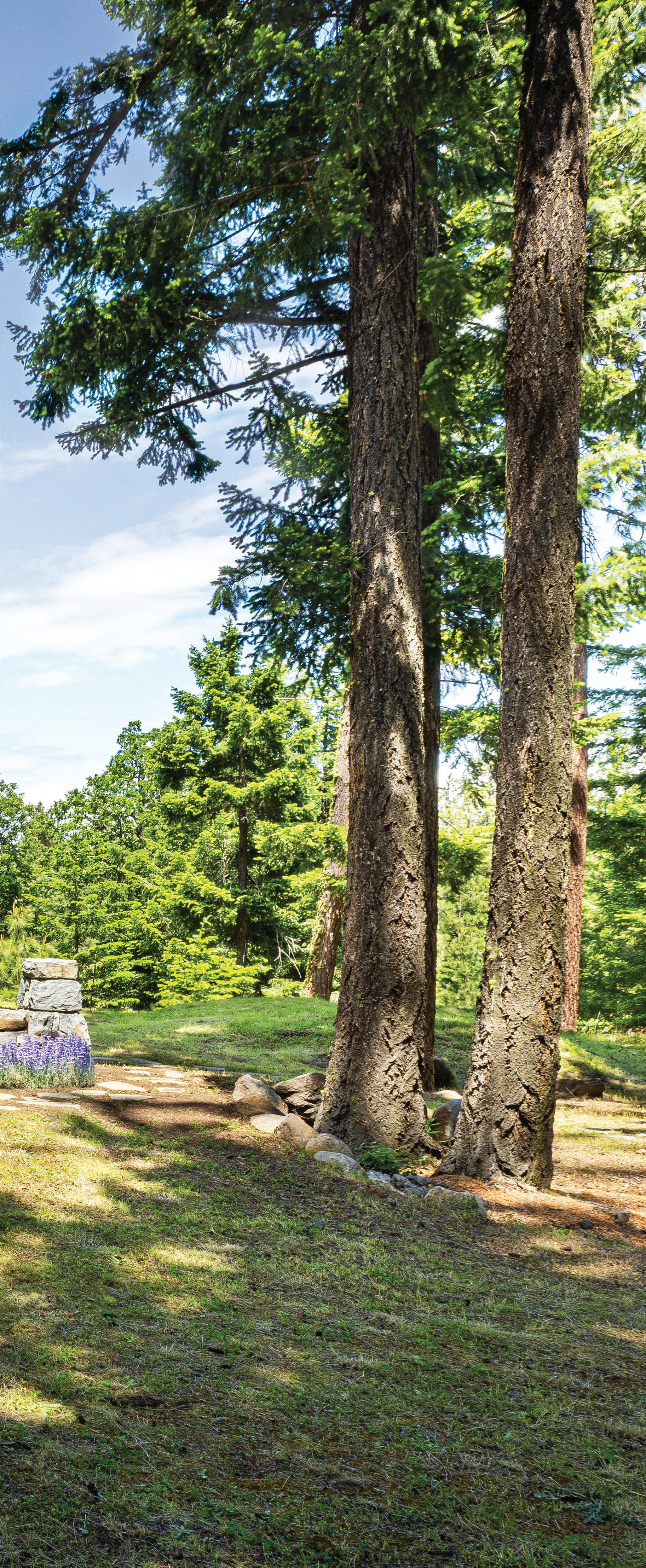

This
timber-frame and stone cottage in the Gorge is a Tolkien-inspired work of art
written by Melissa Dalton | photography by Christopher Dibble
IN 2017, Theresa Truesdell went looking for the Shire—that idyllic Middle-earth setting for J.R.R. Tolkien’s novels The Hobbit and The Lord of the Rings trilogy. Truesdell, a teacher in the physical education department at Portland Community College, and husband Tye Aldana, an engineer, had long lived in Portland when they decided to try country life. “We’re Tolkien nerds,” said Truesdell, who first read The Hobbit in high school. “I felt that if we were to make that move, then it should be somewhere that was like the Shire in Tolkien’s Middle-earth.” The couple found it in a 26-acre plot outside Mosier, complete with a pond and a winding gravel driveway through pine, fir and oak trees.
Years earlier, Truesdell had seen a magazine featuring a recently designed and built “hobbit house” by a Pennsylvania firm. “I remember seeing the photo of the hobbit door on the front of the magazine, and I thought, ‘I’m going to build one of those myself,’” said Truesdell. She reached out to the project’s architect, Peter Archer of Archer & Buchanan, and he agreed to visit the Mosier site. “I flew out and we had a nice drive out there, then sat on this lovely property out in the middle of nowhere,” said Archer.
Drawing on Tolkien’s sketches for inspiration, Archer suggested locating the timber-frame and stone cottage at the end of the driveway, at the edge of a hill that slopes down to the pond. That way, “as you come through the woods, you see the building and the door revealed,” said Archer, and it appears as though the home is “growing out of the earth.”


This was close enough to the spirit of a hobbit-hole, or Frodo’s underground Bag End, without contending with the reality of its construction. “It’s hard to live in an actual, underground Tolkien home, because you can’t get a lot of sunlight and it’s very difficult to build underground,” said Truesdell. “This home has a lot of the features of a hobbit house, but it’s functional.”
The floor plan was kept deliberately small, with one bedroom, one bathroom, a full kitchen and a loft in the 1,100 square feet. “I wanted it to be diminutive because we’re talking hobbit,” said Truesdell with a laugh. The loft caps the interior entry, so as to give the latter a feeling of coziness upon walking through the 4-inch-thick circular door. That’s followed by a succession of arched frames, exposed wood ceilings, curved interior doors and a rounded glass back door that leads to a veranda overlooking the pond.
The resulting home is English Arts and Crafts tradition, meets a dash of Tolkien whimsy, guided by Truesdell’s artistic eye throughout. “She really wanted to put her heart and soul into it, and was interested, willing and able to spend the time doing the research for materials and artists,” said Archer. Truesdell spent many nights







and weekends perusing antique stores, auction houses and Craigslist for unique pieces. “It took a lot of happy hunting,” said Truesdell. “If something inspires me, I go for it, and build from there.” Take the Hawthorne tree stump, salvaged from a fallen tree in Portland, which now holds up the kitchen peninsula. “When I design things, I think, ‘What do I want to do with this?’” said Truesdell.
Truesdell completed several projects with her husband and hired artists for others, starting with a father-daughter contractor team, Anna and Mike Butterfield. “You have to be patient, and you have to work with people who understand your vision and are willing to work with it,” said Truesdell. “The first contractor that we were going to hire wasn’t going to do that. He even said, ‘I’m not into this artsy-fartsy stuff.’”
The finished cottage is a testament to craftsmanship, from the custom mahogany windows built by Mackenzie Strawn of Stayton Wood Windows, to the round door’s beefy iron hinge forged by Ponderosa Forge in Sisters, to the exterior stonework by master mason Michael Byrne, who’s worked on the Historic Columbia River Highway. Aldana took a month off from work to help Byrne split rocks that were sourced from a Corbett quarry, and Archer specified the mortar be set back to emphasize the organic shapes of the stone. (On one side of the house, the mason even included a small inscription T + T for the owners, and Truesdell added a faint drawing of a dragon, only seen if you look close enough.)
So it is that this hobbit house seems to have the spirit of discovery baked into it, whether that’s the glass mosaic ceiling installation in the bathroom depicting scenes from the pond, which Truesdell and Aldana pieced together on their dining room table, or a refrigerator handle shaped like a swan head. “I designed the house to have bits and pieces of art and story in every corner,” said Truesdell. “You just need to look, and you’ll see something fascinating.”
Theresa Truesdell spent many nights and weekends perusing antique stores, auction houses and Craigslist for unique pieces.
“It took a lot of happy hunting,” said Truesdell. “If something inspires me, I go for it, and build from there.”

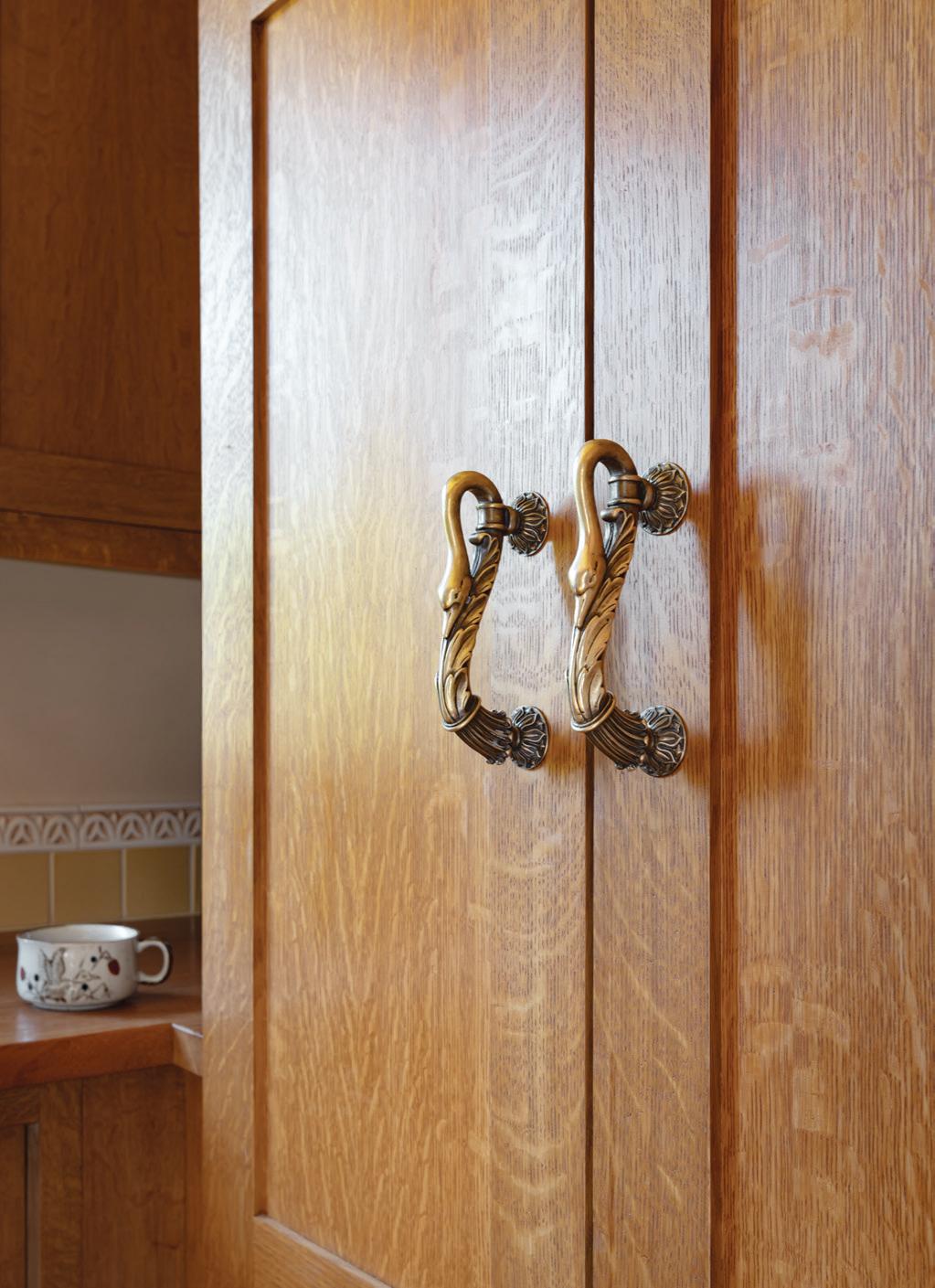












THIS IS NOT a quick project, meant to be completed over one day, or even a weekend. Braiding a rag rug from old sheets or clothes takes many hours, so it would be be er to break up the work over time, perhaps while watching an episode of your favorite show. Still, it’s an easy way to recycle items that would otherwise end up in a landfill and pre y up your home with something unique.




Collect old sheets, rags, T-shirts or ruined clothing. Decide on the color pale e: Will it be three main colors woven together, a rainbow of hues or monochrome? Sort the source material accordingly, and start cu ing or tearing the fabric into roughly 1-inch-wide strips. (This does not have to be perfectly measured; if the strips are as wide as 2 inches, that’s okay.)
For reference, about 200 feet of braided rope will make a 30-inch diameter circular rug (using three queen-sized sheets, or four single bed sheets). Of course, final dimensions will depend on the tightness of the weave. If using fabrics that contain a mix of materials, it works well to braid stretchy pieces with sti er co ons to maintain structure throughout the finished rug.

Align three strips of fabric, and a ach them with a few stitches at the top. Secure the strips to a hard surface using painter’s tape, so that the fabric will not budge when being tugged during the braiding process.
Spread the strips so there is a right, middle and le strand. Start braiding by crossing an outside strand over the middle. Repeat on the opposite side, crossing the outside strand over the middle. Continue this technique, making sure to alternate sides and maintain a fair amount of tension while braiding.
At the end of a strip, just overlap a new one by about an inch, and keep braiding. The finished braid will keep the various pieces together. (There is also the “slit method,”




which entails cu ing a slit into the ends of the fabric strips and knotting them together.) Continue until you have a long enough braid for the size of the finished rug.
There are several methods for coiling the braid and a aching the loops together, from using a sewing machine to the “lacing method.” The la er requires an upholstery needle and linen rug lacing thread. Tuck in one end of the braided rope, and start the coil, pushing the needle and thread through the adjacent loops to a ach them tight. Continue to coil and lace, working with smaller sections of thread, about 3 to 5 feet in length, to avoid tangling, and skip every other loop to make sure the rug lies flat. Finish by kno ing the braid’s end to the rug body, hiding loose threads on the underside.














In the hands of Portland interior designer Max Humphrey, Old Hickory Furniture gets a modern twist. Case in point: the Cascade Chair, which comes in a variety of combos, like a fresh mint green frame surrounding a spotted leather hide cushion, or natural hickory paired with classic plaid.
www.lodgecraft.com
Strolling Solabee Flowers & Botanicals in North Portland is a plant lover’s delight, made even more so when you take new greenery home in a handcrafted planter made by local ceramicist Stephen Moellering. e smallbatch ceramics are available in a range of sizes, fitting everything from a 2-inch cactus to a 14-inch monstera, and several curated colors, including peach, mint, milk and charcoal.
www.solabeeflowers.com



In 2020, architect Michael Howells teamed up with Christiane Millinger Handmade Rugs to create a line of carpets that offer new interpretations of the age-old medium. eir newest collection, called the Italian Dream, displays vibrant colors and swirling lines on high-quality Nepalese wool, available in any size and configuration.
www.christianemillinger.com

















e Portland- and Paris-based Jessica Helgerson Interior Design has crafted well-loved interiors since 2000. More recently, the firm is adding objects to the mix, joining up with Portland artisans Vitreluxe and Hew Woodworking for the playful and pretty Bobine lamp, available in a wood or glass base, and glass shade.
www.jhinteriordesign.com



written by Jean Chen Smith
AT FIRST GLANCE , the idea of drinking wine while navigating challenging yoga poses might not sound like the perfect match, but they have more in common than you might think. Wine tasting and yoga both require being in the moment and tuning into your senses. During yoga, you pay attention to your body and the way it moves, while during a wine tasting, you focus on taste sensories. Additionally, yoga has also been proven to calm the central nervous system by reducing the release of stress hormones. Practicing yoga prior to a tasting can activate the senses, cultivating clarity and awareness.
As a Pilates and yoga studio owner, I have attended my fair share of wellness retreats, but yoga and wine experiences are by far my favorite. ey create a sense of fun and community while surrounded by beauty. Whether you are new to yoga or wine tasting, or possibly both, it is a great way to spend an afternoon. Yoga + Beer, which began organically in 2013 as a one-off class, currently offers classes across the Willamette Valley.
“From the very beginning, we found that people were looking for connection, and that’s what keeps this community going,” said founder Mikki Trowbridge. “People come for the yoga practice, and then they stay for a beverage or a meal, with friends both new and old. ese classes offer a moment to pause in the midst of a busy life and connect with oneself and community.”
ese are some of our favorite spots for yoga and wine. For more locations and dates, visit www.cheersandnamaste.com/events.

AUGUST 4, SEPTEMBER 1, 6-7 P.M.
This evening yoga class is a great way to relax after a busy day. Held outdoors along the Willamette River, the sixty-minute class is open to all levels. Afterward, enjoy a glass of wine as you watch the sunset www.cheersandnamaste.com/events/stomp
JULY 2, AUGUST 6, SEPTEMBER 3, 6-7 P.M.
Held by the lake, this all-levels, sixty-minute class offers stunning views of the property as yoginis move through their asanas. Guests not only enjoy a glass of wine after class, they are also encouraged to bring a picnic to enjoy on the lovely grounds. www.cheersandnamaste.com/events/eola
JULY 27, AUGUST 24, SEPTEMBER 28, 10:30-11:30 A.M.
Cória Estates offers yoga year-round, but moves its classes outside onto their front lawn once the weather warms up. Immersed in nature, yogis can enjoy the sixty-minute class surrounded by panoramic views. Please bring your own yoga mat.
www.cheersandnamaste.com/events/coria
JULY 14, AUGUST 11, SEPTEMBER 8, 6-7 P.M.

This outdoor, beginner-friendly class takes place enveloped by mountain vistas. Guests are invited to enjoy a beverage after class in addition to bringing a picnic. www.cheersandnamaste.com/events/ cubanisimo
JULY 20, AUGUST 10, 10-11 A.M.



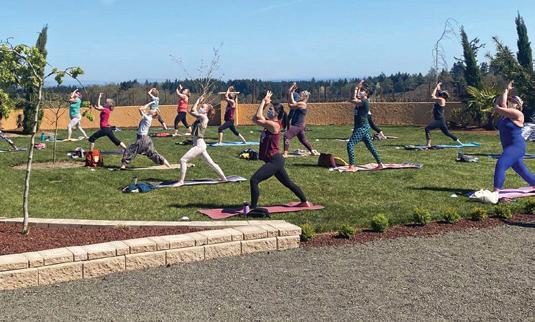


Surrounded by the beautiful views of the Van Duzer Corridor, this Saturday morning yoga class is sixty minutes long and welcomes all levels. The Van Duzer Corridor is known for its ocean winds, which course through, creating the ideal conditions for anthocyanins and tannin in grapes. Relax and stick around for a post-class beverage.

www.cheersandnamaste.com/events/ vanduzer which























































by Daniel O’Neil

PHOTOGRAPHY IS ABOUT seeing. For Christopher Rauschenberg, that means framing a scene and releasing the shu er, but it also applies to him viewing others’ work. A photographer himself since he was 6 years old, Rauschenberg has likewise paid a ention to what others are seeing and shooting, and for more than fi y years he has been collecting photographs that have crossed, and caught, his eyes.
Now, Rauschenberg is presenting seventy-five of the 5,500 photographs he has purchased over the decades in an exhibition at the Jordan Schnitzer Museum of Art, in Eugene, under the title Gathering: A Photographer’s Collection. The result is a rare opportunity to consider photography through the eyes of Rauschenberg—a successful photographer, curator and teacher—and to appreciate what he recognized when he first experienced those photographs.
“I’m responding to somebody whose work has a power,” Rauschenberg said. “If the work has power and it’s moving me, then I want to support that artist. I want them to continue to be able to follow their artistic train of thought because I can see it’s already getting somewhere.”
Rauschenberg figures he’s just continuing the family business. His father, Robert Rauschenberg, earned great renown for his art. His mother, Susan Weil, is still making and showing art in New York City, at age 95. Even his late step-father, Bernard Kirschenbaum, was an artist. As for Christopher Rauschenberg, he sold his first photographs while a student at e Evergreen State College in the early 1970s and has had, among other accolades, a mid-career retrospective at the Portland Art Museum. Having lived his life immersed in art, Rauschenberg is keenly aware of the need to help other artists, especially emerging talents, make their way. “As an artist, you always have to convince yourself that what you’re doing has some value, because in our American culture, art is not really valued,”













he said. “To have that experience of having somebody come to your show and say, ‘Oh, nice work’—you never quite know whether to believe them. But when somebody pulls out their checkbook and buys something, they’re not just saying that to be nice.”
By purchasing photographs directly from artists, Rauschenberg aims to interrupt any of the artist’s self-doubting and affirm the value of the artist’s efforts. “Not only do they need that, however much the dollar amount of that check, but they also need to get that message that they’re doing something worthwhile.”
Other benefits follow from Rauschenberg collecting photographs. His own work is informed and inspired by the works that move him enough to purchase them. Just as importantly, Rauschenberg is then able to share other photographers’ works and amplify their reach. The Gathering exhibition at the JSMA facilitates this aspect of Rauschenberg’s artistic mission.
As a co-founder of one of Portland’s earliest photography venues, Blue Sky Gallery, which celebrates its fiftieth year in operation this year, Rauschenberg has developed an eye for discerning emerging photographers. Having been involved in hanging more than 1,000 shows there (150 or so were his own), Rauschenberg has practiced the art of curating and collecting beside his art as
a photographer. As a result, JSMA associate curator of photography Thom Sempere, who curated Gathering and has known Rauschenberg for twenty years, finds a depth of discernment in Rauschenberg’s extensive collection, an assemblage of works prevetted by an artist in his own right.
“Chris is authentically a good representative of a contemporary photographer in so many different ways,” Sempere said. “That collection is quite a gold mine because it tells the history of independent photographers, in a way, over the last fifty years. He’s reached in and made all these comparisons and then put his own eye on it.”
Something like a double exposure, Gathering portrays Rauschenberg the collector and Rauschenberg the artist. Talking about Rauschenberg’s own photography, Sempere noted the multiple layers on view in a classic Rauschenberg print: “It’s a collage aesthetic because seeing is always collage, because as we move our eyes, we’re fed a different set of information, and we’re always trying to pull out what’s important there.”
Gathering forms another collage, this time created by Rauschenberg, Sempere and all of the artists whose work is on display. For Rauschenberg, the purpose of the exhibition is to move an audience, “to have them be affected and have their understanding of the world changed and enriched by looking at these seventy-five photographs, to have them more excited about photography, but also just more excited about the world that they’re living in.”
It’s no coincidence, then, that Rauschenberg will be giving his entire collection of photographs to the JSMA, which is affiliated with the University of Oregon. Rather than let those 5,500 images sit in a vault, the university museum can display them for aesthetic purposes but also as educational tools. “The works can be in use for students who are trying to figure out how to understand the world,” Rauschenberg said. “And it’s not just for photographers.”
“As an artist, you always have to convince yourself that what you’re doing has some value, because in our American culture, art is not really valued. To have that experience of having somebody come to your show and say, ‘Oh, nice work’—you never quite know whether to believe them. But when somebody pulls out their checkbook and buys something, they’re not just saying that to be nice.”
— Christopher Rauschenberg
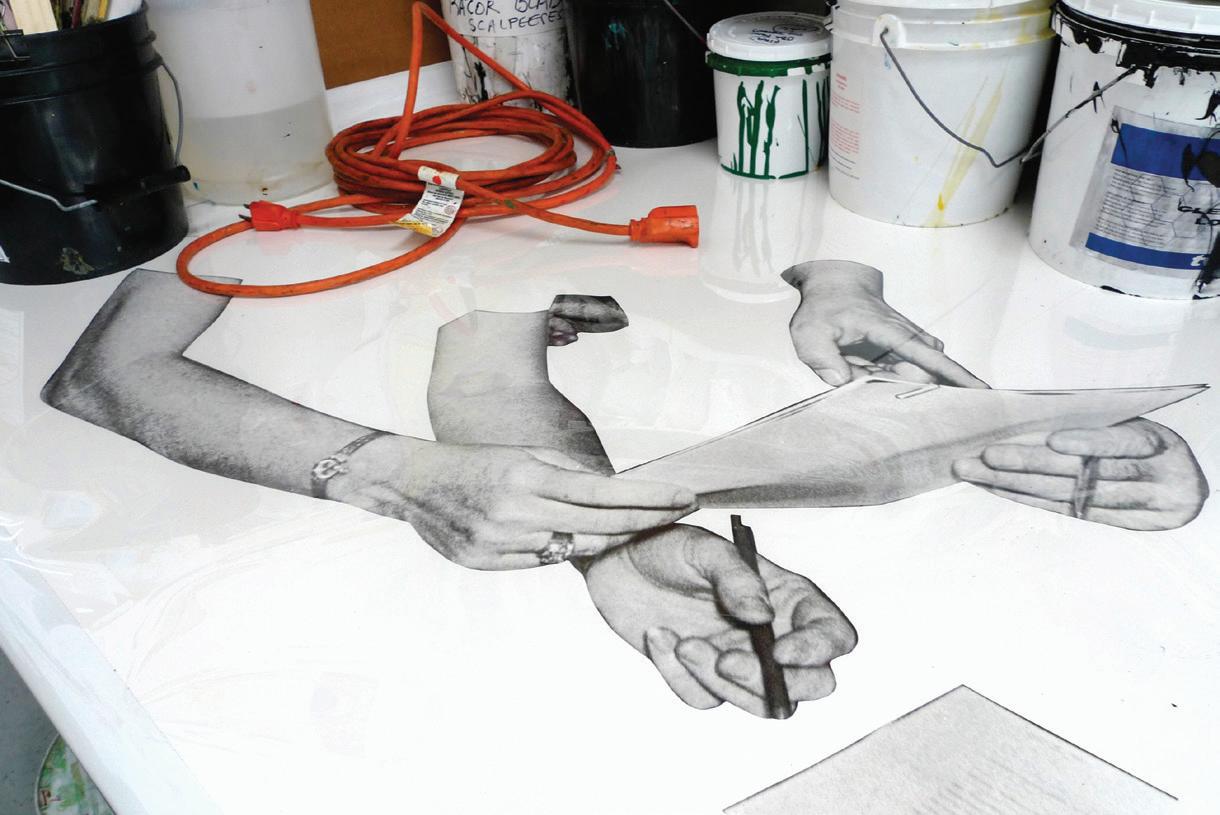




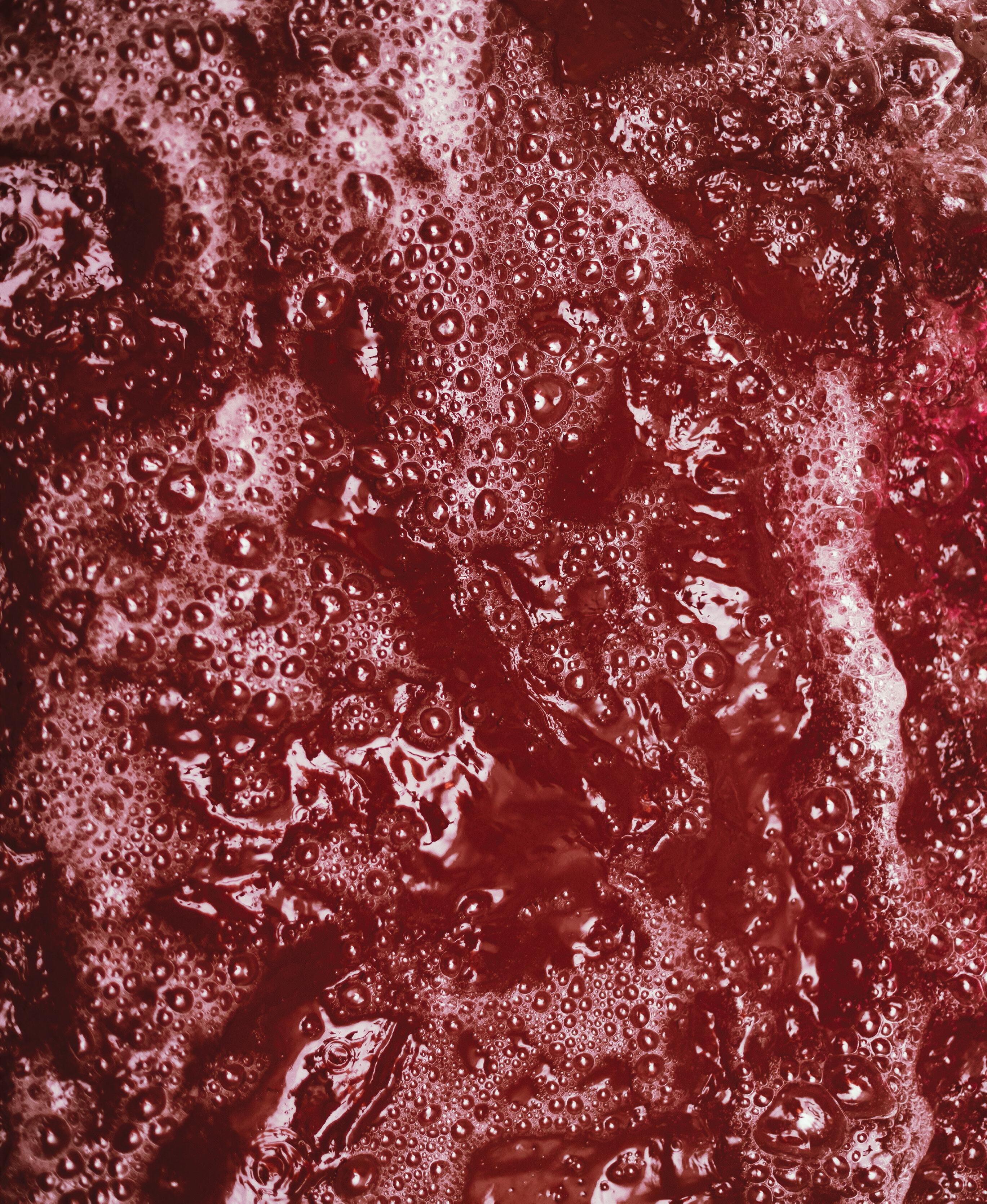


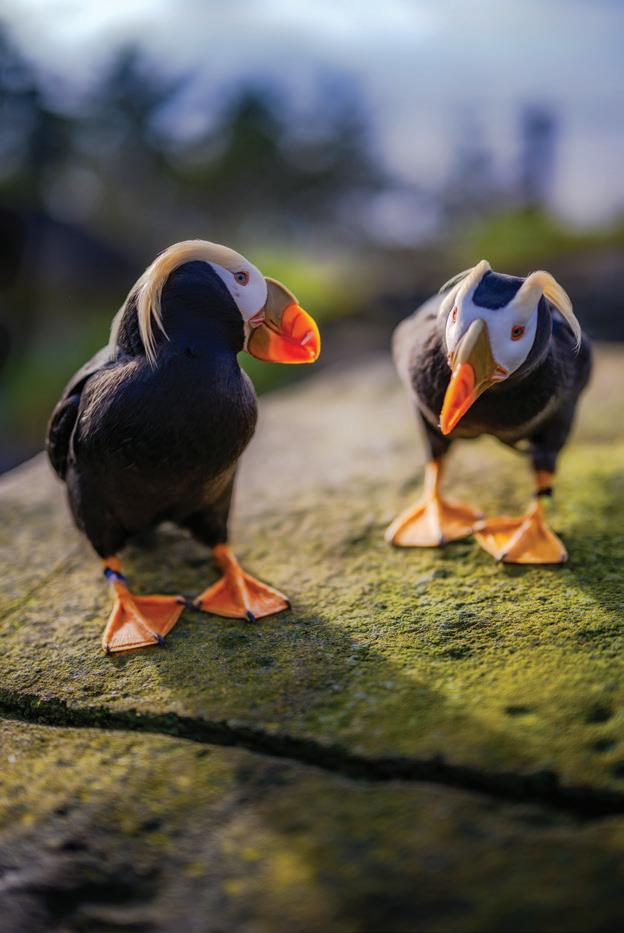
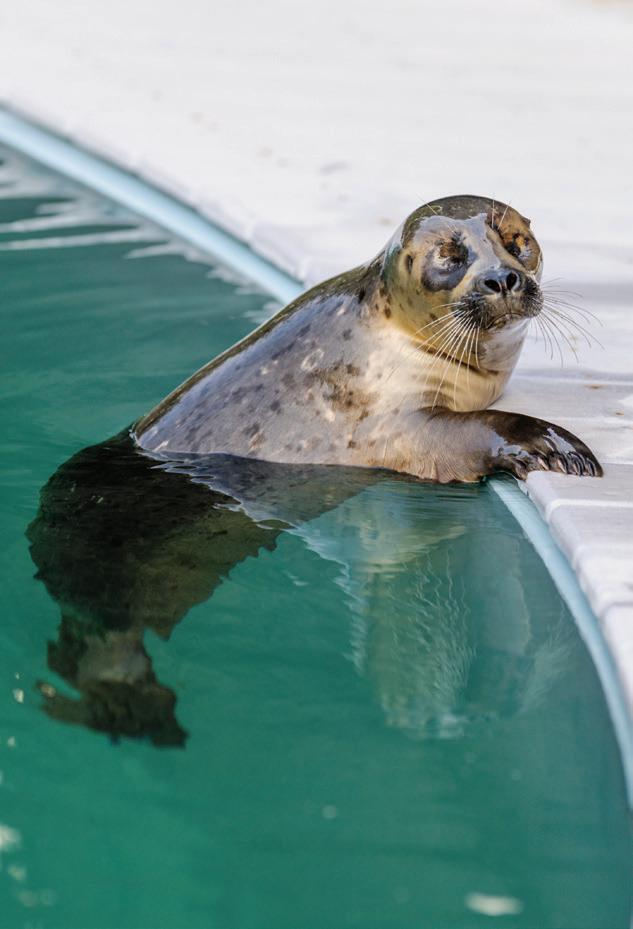


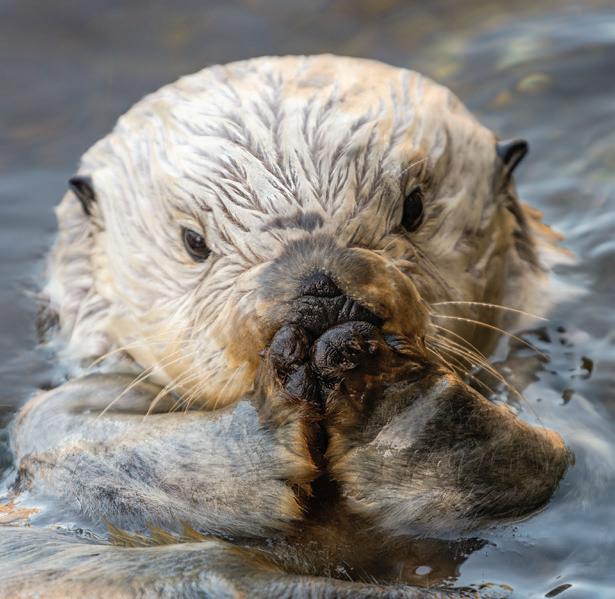

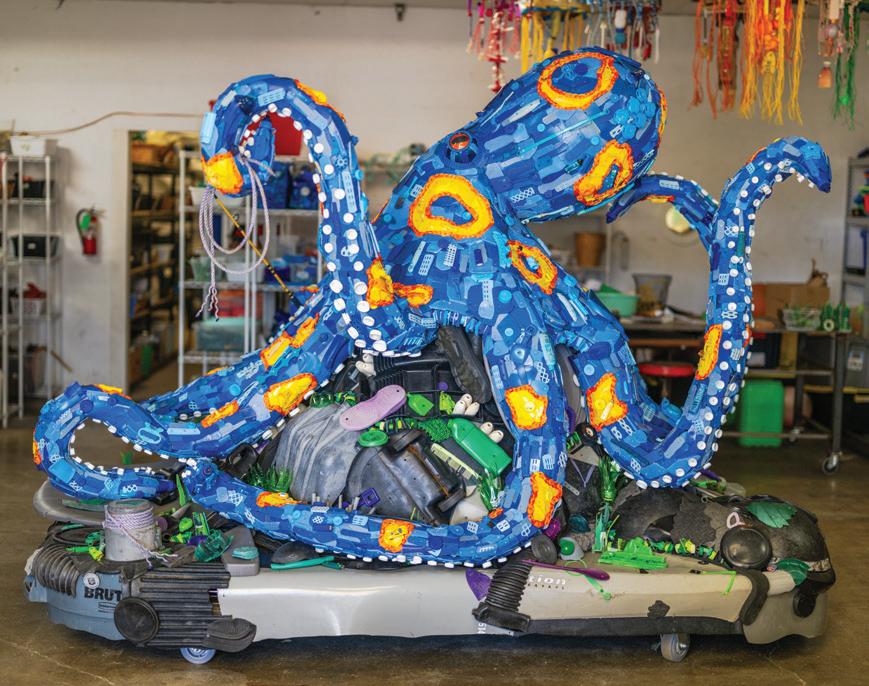
written by Joni Kabana



For a gal who has adopted the mantra “try, try harder, relax, try again,” Kelly Lewis, a self-proclaimed serial entrepreneur, not only knows how to incorporate relaxation in her life, but she does it with flair. Last November in Portland, Lewis opened The Wine Spa, perhaps one of the first of such spas in the United States. Clients bathe in the healing properties of wine that has been deemed not up to par for selling and would traditionally be discarded. The Wine Spa o ers various treatments in serenely lit se ings and also features local wines for sipping while enjoying a state of bliss.




Lewis has always harbored a love for travel. While working as a writer and bartender, she had a dream one night that she had created a series of travel guidebooks for women. While some people might nod toward the delightful concept upon waking, Lewis executed the idea. Her Go! Girl Guides were a sensational hit, which led to developing the Women’s Travel Fest travel conferences and opening a tour company for women only called Damesly. It was during one of her trips to Armenia and Georgia that she fell in love with the concept of vinotherapy.


Lewis cites many difficult situations as an entrepreneur but looks at these as opportunities for creative problem solving. “That mental reframe means that the small things and the tough times don’t completely emotionally deflate me like they once did,” she said. Lewis came to Portland from New York City in 2019 to focus on writing, ultimately publishing the book Tell Her She Can’t in 2021, which profiles thirtyfive women who overcame obstacles to achieve their dreams despite experiencing pushback from their support circles. “I am inspired by the long line of strong, smart women who have come before me in my family,” Lewis said. “I hope I can continue to make them proud!”
“It is an absolute privilege and honor to run The Wine Spa here in Portland and to feature Willame e Valley wines exclusively in the process. … We were just named one of the 100 greatest places in the world to visit in 2025 by Time Magazine. It’s all just been such an adventure,” she said.


In blue-collar Burns, chamber music helps bring a small community together
written by James Sinks | illustration by Kristiina Almy
A FORMER county commissioner plays tenor sax. A research ecologist plays the violin. A police officer plays bass clarinet. And a college student and enrolled member of the Burns Paiute Tribe plays tuba.
Twice a year in the Oregon high desert, the nonprofit Chamber Music Society of Harney County brings together volunteer musicians from Burns and the vicinity for free concerts. The most recent, in March, featured fifty-four musicians, and a crowd of more than 200 came to watch and listen to their friends and neighbors in the association’s three ensembles: a choir, bell choir and orchestra.
The repertoire is wide, from folk songs to movie soundtracks to patriotic marches. And the shows are a testament that even in one of the more remote places in the country, music has the power to bring a community together.
“There are people here who love to do music, and the raw talent here in Harney County is amazing,” said Toni Brown, the charity’s board president, a stand-in choir director and a onetime Utah hairdresser who moved to southeast Oregon after meeting her future husband at a black powder shooting rendezvous.
Donations collected from concertgoers, sponsorships and $30 annual memberships help fund scholarships for local students to attend music camps, buy instruments or take private lessons.
Southeast Oregon’s sage-blanketed Great Basin is home to more cows than people, and it’s also long been a locale where those people romanticize the arts. When founded in 1889, the county seat, Burns, was named after the Scottish poet Robert Burns. And a century ago, Harney County earned statewide acclaim for what became known as the Sagebrush Symphony.
Before World War I, a classical violinist named Mary Dodge moved to the high desert with her husband, who was working on an irrigation project. After arriving, she began giving music lessons and built a youth orchestra. The Sagebrush Symphony toured towns of Eastern Oregon and then charmed crowds in Salem at the State Fair and in Portland in 1916, even earning coverage in The Oregonian newspaper.
A few years later, after the Dodges returned to Portland, Mary launched what would become the Portland Youth Philharmonic.
While not formally connected to the youth symphony of old, today’s Harney chamber music association is fueled by the same passion for performance, and also by the camaraderie that forms when artists bring their voices and instruments together, said Pete Runnels, a former Harney County judge, tenor sax player and now human resources director for the Burns School District.
“Everybody is welcome,” Runnels said. “Some of the members are in seventh grade and still learning, and then you have people my age and up to 80. The appetite is here for the arts, from cattle folks to businesses and doctors to everybody in between.”
The concerts at the high school and churches also help highlight the need for a community performing venue, said association president Brown. A separate but allied organization is spearheading fundraising for that dream, she said.
Community music nonprofits dot the map in Oregon and across the country, ranging in size from a few performers to 1,000 or more—and all of them do more than just entertain, said Sarah McElfresh, National Membership and Composition Contest Chair for the New York-based Association of Concert Bands.
The pandemic was hard on many community performing groups because people couldn’t share airspace, but they’ve made a resurgence since, she said.
“Music is an expression, and if you can express yourself through music, whatever you choose, it can give a community a soul,” she said. “When you come together, you are a family. You rally around this thing, and no matter how different we can be, we can do this common goal of making music.”
Robert Burns was known as the “poet of the people.” In his best-known work, “Auld Lang Syne,” he sang about the enduring bonds of friendship, and old acquaintances who should not be forgotten.
Chances are, he’d be pretty pleased about the chamber music—and the people making it—in the town that bears his name.
The next Harney County chamber music performance will be in December.







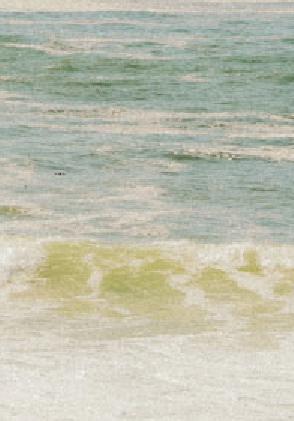







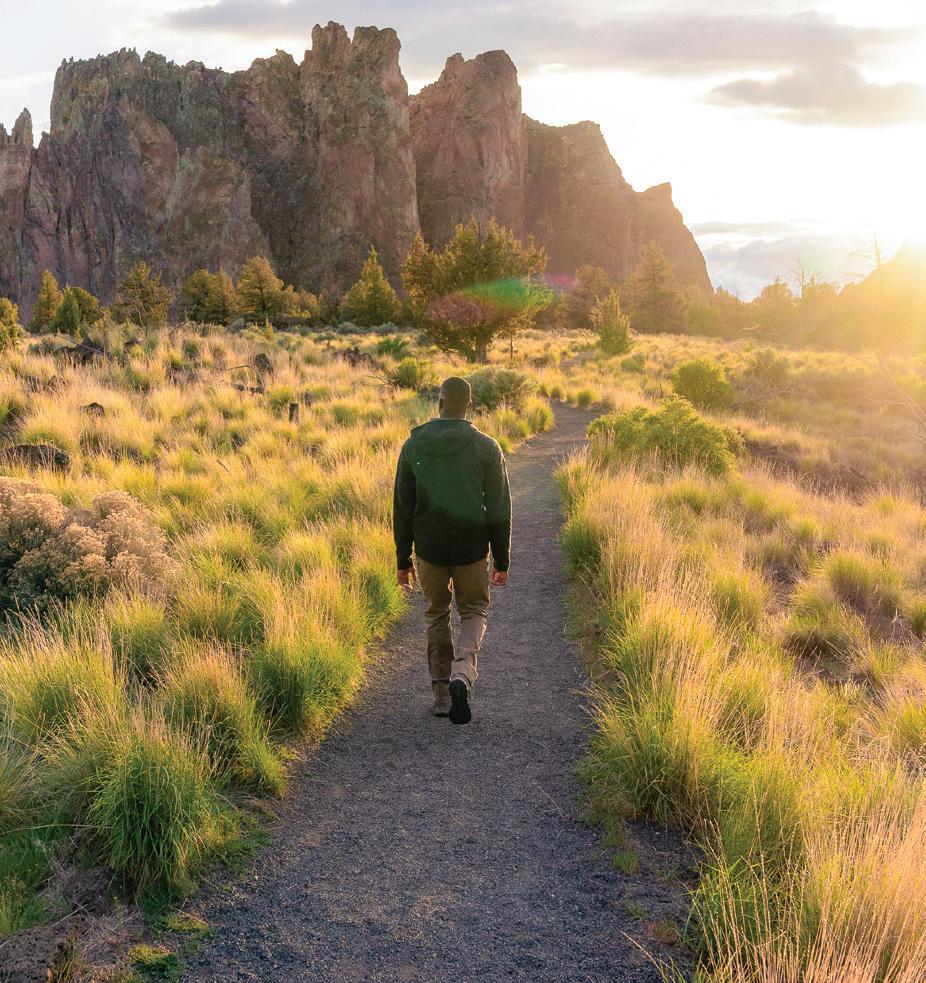












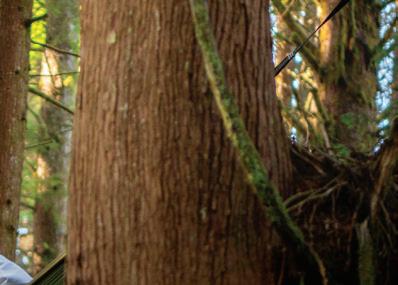


written by Jean Chen Smith
Did you know more than 700 movies and television shows have been filmed in Oregon? If you are a film bu like me, visiting movie set locations makes for an entertaining vacation. Driven by interest in movie and television locations, “film tourism” is projected to grow in the upcoming years. From major motion pictures to indie films, here are some of our favorite film location destinations, with suggestions of where to stay and dine so you can get into full travel mode.

Although many films have been shot in Portland, we chose Twilight because of the beautiful cinematography that captures the atmosphere of the city. It centers on the lives of high schoolers Bella Swan (Kristen Stewart) and Edward Cullen (Robert Pattinson) as they fall in love under dangerous circumstances because of Edward’s family history. The cult classic was filmed in Portland and throughout the Pacific Northwest. The Cullen family’s home is located right on NW Quimby Street. Built in 2007, it is a private residence owned by John Hoke, a former Nike footwear executive. The bulk of the cafeteria scenes from the movie were shot at the former Madison High School, which is now known as the Leodis V. McDaniel High School, located on the northeastern side of Portland. While you are there, make a stop at Rocky Butte Natural Area—it offers sweeping views of the city and the Columbia River.
STAY: The Ritz-Carlton in Portland opened in late 2023, making it the first Ritz-Carlton property in the Pacific Northwest. The luxury hotel features more than 250 elegant rooms, some with breathtaking views of the Rose City. Located on the twentieth floor, its signature restaurant, Bellpine, offers guests sophisticated dishes amid stunning views under the direction of executive chef Pedro Almeida.

The movie Wild, starring Reese Witherspoon, was based on the bestselling memoir of Cheryl Strayed, Wild: From Lost to Found on the Pacific Crest Trail. Although hard to believe, it was shot at more than fifty-five locations, in less than thirty days. Filming stretched from the Mojave Desert in California to Washington, with the majority being filmed in Oregon. Located in south-central Oregon, Crater Lake is a caldera lake that is best known for its clear, deep-blue water. Crater Lake National Park was one of Strayed’s real-life stops along her journey, and it makes a memorable, but short, appearance in the movie. While Witherspoon’s character camps by the lake, there is a scene that depicts her overlooking the water. If you have never visited Crater Lake, it is an iconic spot that absolutely takes your breath away.
Ashland also made a debut in the movie. Filming took only one day and features a boutique on Main Street, the post office and The Breadboard Restaurant as main focal points. In the book, the quaint town is where Strayed receives packages of clothing and supplies and meets kind and gentle Jonathan (played by Michiel Huisman) for a brief fling.
STAY: About ten minutes from the national park, Crater Lake Resort offers casual accommodations with kitchens, patios and air conditioning. This option is popular with families and guests traveling with pets.
We highly recommend Ashland Springs Hotel, a historic property that opened in 1925. Nestled in the heart of downtown Ashland, guests can enjoy the convenience of walking to restaurants and shopping. Additionally, Larks Home Kitchen Cuisine, the on-site restaurant, offers delicious farm-to-table cuisine.



Filmed between 1984 and 1985, The Goonies became a classic because of its appealing themes of friendship and adventure. Starring Sean Astin, Josh Brolin, Jeff Cohen and Corey Feldman, it was predominantly filmed in Astoria, in addition to Ecola State Park and Cannon Beach. The original Goonies house, located on Duane Street, is now a private residence. As of 2025, it has undergone renovations to emulate the original house when it was being filmed. Movie fans rejoice! While in Astoria, also be sure to visit the Oregon Film Museum, listed on the National Register of Historic Places. (The building, formerly the Clatsop County Jail, also features in the movie.) Not only will you find an impressive selection of Goonies memorabilia, you will also find artifacts from other movies filmed in Oregon.
STAY: The Bowline Hotel is situated right on the waterfront. The boutique hotel offers stunning views of the Columbia River and is centrally located for access to restaurants and downtown shopping. The hotel’s restaurant, The Knot Bar, serves casual fare and fun cocktails.

Follow the Oregon Film Trail to explore all your favorite movie locations. Established in 2017 by the Governor’s Office of Film and Television (also known as Oregon Film) in collaboration with its nonprofit sector, the Oregon Made Creative Foundation, the trail’s purpose is to encourage visitors to explore Oregon’s extensive film history through tourism and immersion with local communities.
“Movies resonate on a deep and personal level,” said Jane Ridley, director of strategic initiatives and community projects at Oregon Film. “Visiting these places allows people to immerse themselves in the story. It’s very powerful.”
The trail features forty-four physical markers located at filming sites throughout Oregon. Each sign showcases the film’s title in addition to fun facts and behindthe-scenes tidbits moviegoers are sure to find interesting. For a more comprehensive experience, you can download the SetJetters app. Oregon Film partnered with the global database company to offer more than 300 additional Oregon film locations you can access on a phone, and users can find interactive maps, directions and photos. It’s a great way to piece together a road trip of all your favorite flicks along the Oregon Film Trail. Learn more at www.historicoregonfilmtrail.com

is 1983 movie is based on the true story of Tami Maida, who fought for the right to play football in the small town of Philomath. Having just moved from Canada, the real Tami played on the Philomath High School football team in 1981, during the team’s victorious 7-1 season. e sports drama stars Helen Hunt, along with Tim Robbins and Don Murray. Although it took place in Philomath, 20th Century Fox filmed the majority of the scenes at McMinnville High School. Since then, quite a lot has changed. Decades later, viewers might still recognize the setting of ird Street and the high school.
STAY: Located on First Street, The Compass is a contemporary bed-and-breakfast, with self check-in, luxe bathrooms, cozy community spaces and a wine library. Choose from five modern suites with spa bathrooms, sumptuous bedding and working spaces for the digital nomad. For those craving more space, the standalone studio features a king bed, a comfortable sitting area to stretch your legs and a kitchenette. Best of all, it is both kid- and pet-friendly.
Based on a novel by Portland author and musician Willy Vlautin, Lean on Pete stars Charlie Plummer, Chloë Sevigny, Travis Fimmel and Steve Buscemi. Released in 2018, it won several independent film awards in addition to the Marcello Mastroianni Award for Best Young Actor or Actress for Plummer, who played the main character, Charley ompson.

e coming-of-age story chronicles 15-year-old Charley’s life as he befriends a former racehorse while working at a stable. Filmed mostly in Eastern Oregon’s high desert, the stark landscape offers a glimpse into the remote beauty in that area of our state.
STAY: Rest your head at the Historic Central Hotel, an elegant property o ering twelve comfortable rooms with air conditioning and heating. Located in the downtown area, it is close to many restaurants and shops.








e majority of this 2017 indie film was shot in Eugene. Inspired by the real-life experiences of Olympic hopeful, co-director and University of Oregon alumna Alexi Pappas, the movie follows her through the ups and downs as she pursues her athletic career. Scenes include Hayward Field where the U.S. Olympic Track and Field Trials take place, Bill Bowerman’s house and various parts of the UO campus. Pappas incorporated many Oregon runners, faculty and staff into the film.
STAY: Following a recent renovation, the 259-room Valley River Inn rests along the Willamette River. It is close to restaurants and about 3 miles from the University of Oregon. The pet-friendly property o ers a variety of accommodations, including suites with spacious living rooms. Enjoy Sweet Waters on the River, which serves Pacific Northwest fare with nice views of the Willamette River. On warm and sunny days, ask to sit outside on the patio.

e classic One Flew Over the Cuckoo’s Nest was shot at the Oregon State Hospital in Salem and Depoe Bay. It is based on the book by Ken Kesey, who graduated from the University of Oregon, and stars the iconic Jack Nicholson, who earned an Academy Award for Best Actor. e majority of the mental hospital scenes were filmed at Oregon State Hospital, while Depoe Bay is the setting where the patients go on a fishing field trip.
STAY: The Grand Hotel in Salem adjoins the Salem Convention Center and is two blocks from Riverfront City Park. Guests can expect a complimentary hot breakfast bu et with their stay.
SCP Depoe Bay o ers thirteen eco-friendly rooms with minimalist design features. Aptly named, peaceful rooms o er additional wellness amenities including Himalayan rock salt lamps and sound machines. For a casual dinner, mosey down to Grace and Hammer for some wood-fired pizzas and an ice-cold beer.

COLLABORATIVE WATER MANAGEMENT IN THE DESCHUTES BASIN HELPS KEEP THE REGION AFLOAT
written and photographed by Daniel O’Neil


COLLABORATION COMES NATURALLY TO CENTRAL OREGON. WITH A WALL OF MOUNTAINS TO THE WEST, AND RELATIVE ISOLATION HEADING IN ALL OTHER DIRECTIONS, THE DESCHUTES BASIN HAS TO FEND FOR ITSELF. IN SUCH AN ARID LANDSCAPE, ONE THAT’S ALSO KNOWN FOR AGRICULTURE, ECOSYSTEMS AND FAST-GROWING CITIES, NEGOTIATION AND COMPROMISE BECOME ESPECIALLY CRITICAL WHEN WATER IS INVOLVED. “WHISKEY’S FOR DRINKING, AND WATER’S FOR FIGHTING,” OR SO THEY SAY IN THE WORLD OF WATER RESOURCE MANAGEMENT. WHILE CENTRAL OREGON HAS FOUGHT OVER WATER IN THE PAST, DURING THE LAST THREE DECADES THE REGION HAS DISCOVERED THAT WATER, TOO, MAKES FOR A FINE DRINK BETWEEN FRIENDS. SUCH AN APPROACH TO WATER SERVES THE DESCHUTES BASIN AND ALL OF ITS INHABITANTS, MAKING SURE THERE’S JUST ENOUGH TO GO AROUND FOR TODAY AND TOMORROW.
IN 1987, a group of leaders representing environmental, tribal and irrigation interests converged to address stream flow and water quality concerns in the Deschutes Basin. Leaving their agendas aside, they agreed to work together to find solutions for the common good of the entire watershed. From here, a consensus-based, collaborative group formed, now called the Deschutes River Conservancy.
Today, the DRC is one of more than forty parties involved in the ongoing, everyday collaboration, negotiation and management of water resources in the Deschutes Basin. Like a watershed uniting a number of tributaries, those involved formed the Deschutes Basin Water Collaborative, a multi-stakeholder table with a charter but no regulatory power. “ e DBWC is a bunch of stakeholders who wanted to come together to find ways to

get over their disagreement, and to see if they can build some common ground so they’re not just fighting each other in the courts or in the court of public opinion,” said Scott Aycock, who until recently served as facilitator for the DBWC, under the auspices of the Central Oregon Intergovernmental Council. e DBWC is nearing the completion of its first comprehensive management plan. For now, efforts will focus on the Upper

Deschutes, meaning Bend and upstream.
From water conservation, achieved through efficiency and piping, to leasing unneeded irrigation water for the benefit of fish and endangered frogs, to assuring delivery to irrigation districts and cities, the collaborative effort is as massive as the Cascade Range that collects all that water in the first place.
“Once the plan is published, if someone is trying to do something that’s consistent with
that plan—get money, change policy, whatever—they’ll have the support of the full crew,” Aycock said. “ e value proposition is to create a means for folks to say, ‘Well, I want to do this thing for my district, or my city, or the river,’ and if it’s consistent with the shared plan, they’ll have the support of all those diverse interests, which means they’ll have a much better chance of success and achieving their goals.”
WE NOW HAVE A ROAD MAP FOR THE NEXT THIRTY YEARS ON IMPLEMENTING PROJECTS. THE HABITAT CONSERVATION PLAN WITH THE COLLABORATIVE TABLE HAS ALLOWED US TO GET OVER $100 MILLION WORTH OF FUNDING FOR PROJECTS THAT GENERATE CONSERVED WATER, SO THAT CONSERVED WATER CAN BE SHARED WITH THE JUNIOR DISTRICT, NORTH UNIT, AS WELL AS RELEASED FOR OREGON SPOTTED FROG HABITAT. THESE PROJECTS NOT ONLY HELP THE FARMERS STAY IN BUSINESS, THEY HELP THE ENDANGERED SPECIES MOVING FORWARD.”
— Craig Horrell, Central Oregon Irrigation District managing director
WATER SCARCITY need not be an issue along the eastern flank of the Central Cascades. Snowmelt here feeds a rare geologic feature in Central Oregon, a series of underground aquifers in the lava rock bed that store water and release it to groundwater wells and as the Deschutes River itself. e trouble is that water rights in the Deschutes Basin were overallocated by 1913, meaning more than all of the surface (river and stream) water had been legally awarded to claimants, leaving some irrigation patrons without enough in drought years. Meanwhile, up until the 1980s, the Middle Deschutes and Whychus Creek lay dry as an empty bottle in summer.
“When you look at the whole water budget for the basin, 86 percent of the water goes to irrigated agriculture, and 2 percent goes to municipalities, which includes most of the golf courses, parks and breweries,” said Kate Fitzpatrick, executive director of the DRC. “Volumetrically, it’s agriculture that’s using the vast majority of water. So if you’re looking to solve the problem at scale, working with agriculture on conservation is the most important thing.”
Collaboration in the basin has helped mitigate disparities without betraying “senior” water rights, typically held by long-standing irrigation districts. Efforts by the DBWC have ensured delivery of water to “junior” water rights holders even in drought years. And through market-based tools like leasing, groups like the DRC have arranged for some senior water rights to remain instream. Today, Whychus Creek in Sisters and the Deschutes River below the North Canal Diversion Dam, in central Bend, flow year-round again, to the benefit of riverine plant and animal species, humans included. Manifesting these measures and plenty more, the Deschutes Basin Habitat Conservation Plan stands as testimony to the water-saving and water-sharing collaborative feats in Central Oregon. Signed in late 2020 by the U.S. Fish and Wildlife Service, eight Central Oregon irrigation districts and the city of Prineville, the plan requires enough year-round flow in the Deschutes to support the endangered Oregon spotted frog. To meet these targets, open, leaky canals will be piped, and releases from Wickiup Dam into the Deschutes River will follow strict
timelines. In return, the irrigation districts are allowed to divert water without the threat of Endangered Species Act-related lawsuits.
For Central Oregon Irrigation District managing director Craig Horrell, the habitat conservation plan demonstrates the benefits of a proactive collaborative approach. “We now have a road map for the next thirty years on implementing projects,” he said. “ e habitat conservation plan with the collaborative table has allowed us to get over $100 million worth of funding for projects that generate conserved water, so that conserved water can be shared with the junior district, North Unit, as well as released for Oregon spotted frog habitat. ese projects not only help the farmers stay in business, they help the endangered species moving forward.”
While some farmers question the proactive agenda of their irrigation districts, Dan Keppen, executive director of the Family Farm Alliance, a nonprofit advocate for farming, ranching and irrigation interests across the West, said he believes most Central Oregon farmers do support the habitat conservation plan.
“All you’ve got to do is look at the recent drought, when water supplies were stretched super thin, because in the absence of the habitat conservation plan, some of that water that ultimately helped agriculture might have been reallocated for other uses away from agriculture,” Keppen said. “Ultimately, the irrigation districts are the entities that provide the water to the farms, and if they can’t deliver water to 100 percent capacity, you’re going to have economic impacts that affect folks on the ground, the farmers and the people that work for the farmers.”
Although Oregon has finally escaped drought status so far this year, previous years and climate predictions point toward a hotter, hydrologically unpredictable future across the High Desert and beyond. Yet as the habitat conservation plan proves, collaboration works to avoid shutoffs to junior rights holders like in North Unit, where 95 percent of patrons are full-time farmers. Also showcased in the habitat conservation plan, collaboration helps secure funding, perhaps the most crucial component to saving water besides the collaboration itself.
Converting open canals to underground pipes, some of which are 12 feet in diameter,
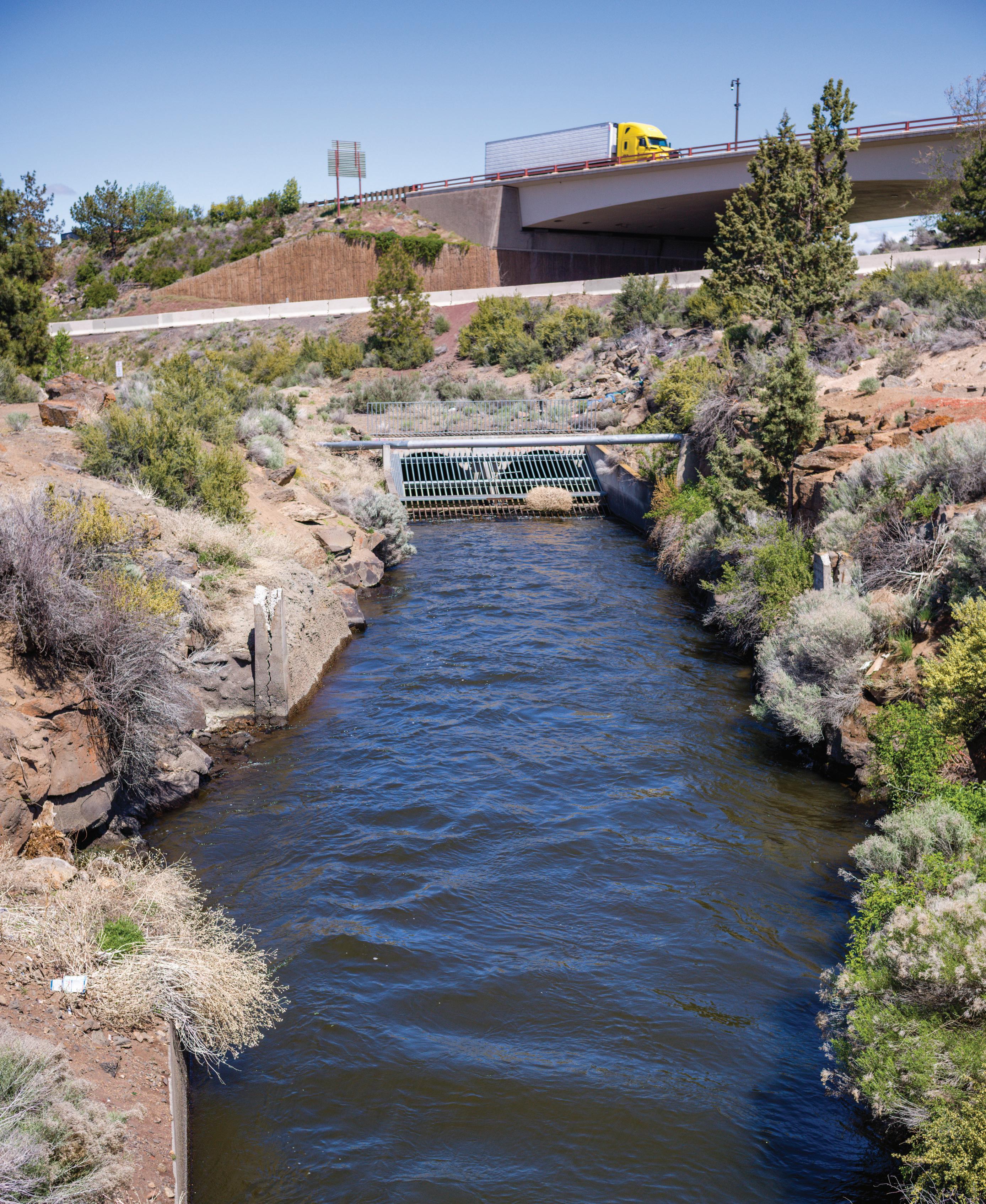
for tens to hundreds of miles, is incredibly costly. But, in an arid region like Central Oregon where every drop counts, it’s worth the expense and the effort—some 30 percent of water carried by canals is lost to seepage in the ground, while piped conveyance creates pressurized, sprinkler irrigation that saves water and can be used to generate hydroelectricity. With nearly 1,000 miles of canals throughout Central Oregon, and only about 100 miles of it piped, much work remains, with much water to be gained.
Such projects are typically funded by state and federal sources. Grants can be competitive, but when members of the DBWC apply for money to pipe more canals, or to implement habitat restoration projects, funders are pleased to see a united front with broad community support. “It’s really attractive to pitch a conservation project where you have the conservation groups in alignment with irrigators and municipalities,” said Spencer Sawaske, Habitat Division deputy administrator and Water Program manager for the Oregon Department of Fish and Wildlife. “It benefits everyone, including the ecosystem. at’s a good sell.”
“It takes a long time to collaborate, way longer than going it alone,” Aycock said. “But the idea is it’s more durable and, frankly, more wise, too, because you’re not just pursuing your own interests. I really think it’s the only way forward to do the heavy lift that’s
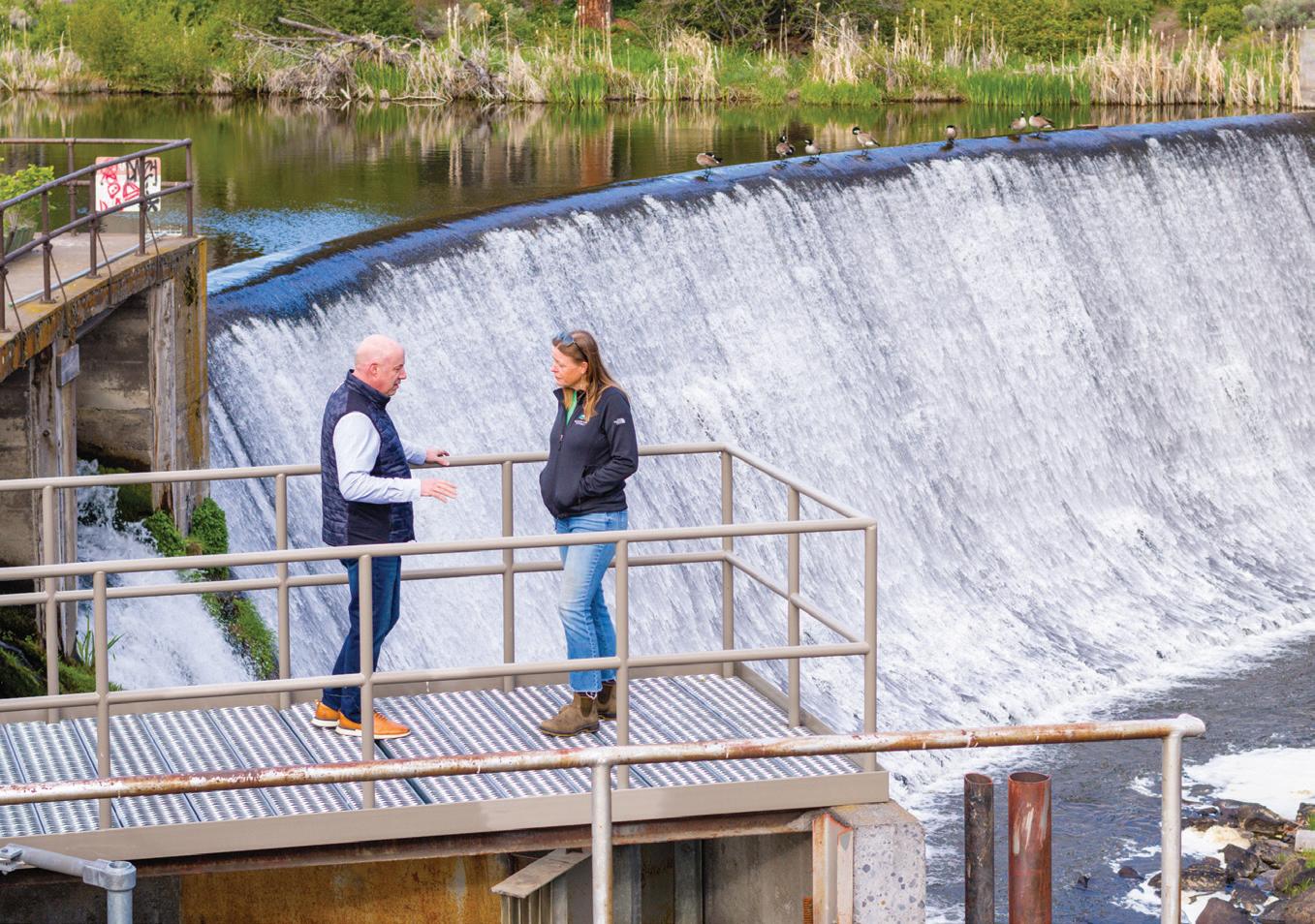
going to be needed to modernize the system and meet everyone’s needs in the basin.”
Beyond securing funding, the collaborative effort impresses on the policy-making level as well. For one thing, a collective of disparate groups takes the pressure off of elected officials who might otherwise receive heated phone calls from lobbyists and constituents. And when irrigation districts, conservation groups, cities and other related entities show up in Salem, all testifying together to demand the same changes to water policy, such broad support can reach across the political divide.
“I don’t think the legislators in Salem see that very often around water,” Fitzpatrick said. “It’s usually pretty partisan. It can get pretty heated. So that’s the fun part, when you can come and say, ‘Hey, we have a solution for you that’s a little out of the box. It’s supported by all the sides. Let us give this a shot.’”
AS WITH collaboration, it’s easy to list the rewards of a steady, secure water supply in Central Oregon. Water grows food, provides a home for denizens like fish and frogs, keeps society hydrated and clean, greens fairways and rages rapids that attract tourist dollars, and so on. What would happen, then, if the Deschutes Basin chose not to work together for the hydrologic benefit of all?
“North Unit Irrigation District would’ve been out of business three to five years ago,” Horrell said. He, and others, credit the habitat conservation plan with preventing shutoffs in North Unit during the recent drought years. In the Upper Deschutes Basin, the outlook for the river itself would not look good. Degraded river systems and unnatural streamflow fluctuations would continue to put pressure on native trout populations.
e Oregon spotted frog would be nearing extinction, despite Oregon’s Instream Water Rights Act of 1987 that granted rivers and fish equal rights to water as those held by farmers and cities.
“Even though we do have instream water rights, senior water holders have the right to the water before instream flow and fish benefits,” said Danette Faucera, ODFW water policy coordinator. “So, without this collaboration and having these partnerships with senior water rights holders, we wouldn’t have much luck in meeting those targets.”

Oregon offers an unfortunately clear example of what water resource management looks like without collaboration. e Klamath Basin chose not to adopt a habitat conservation plan, for example, and it remains mired by lawsuits, mistrust and fallow fields.
“What’s happened in the Deschutes Basin, with this collaboration and foresight, not only are they solving their problems, they’re working together as neighbors,” Keppen said.
“Right now in lots of parts of the West, you don’t have that.”
Yet, like the Deschutes itself, water resource collaboration in the basin does not always flow smoothly. Challenges meet the DBWC at every turn, but trust and experience have equipped the group with ways around conflict


“We all represent related stakeholders, but sometimes different interests, so that’s the hard part, finding consensus,” said Mike Buettner, water services director for the City of Bend. “I think just being sensitive to those other interests is the challenging part. And that comes with time and building relationships with those other groups.”
“We don’t disagree that we are where we’re at today, and we don’t disagree on where we need to be at the end of the day—we disagree on how we’re going to get there,” Horrell said. “ ey’re family arguments that are kept within the family, for the most part.”
For Fitzpatrick, the family extends to include all of Central Oregon, whether the topic is water or not. “I think one of the strongest legacies of the collaboration is that not only are we solving the problem of the day, but we’re equipping the community to know how to talk to each other and work together and look towards problems that are coming in the future.”
COLLABORATION is not a oneand-done endeavor. New challenges have recently surfaced, and existing problems still need remediation. Collaborative projects like the DBWC therefore have no expiry date.
In caring for the river system that provides all of this water, entities like the DRC, the Upper Deschutes Watershed Council, the U.S. Forest Service and ODFW are working to keep more water instream, and to restore habitat and the Upper Deschutes stream channel that has suffered from decades of service as a conveyance channel.
While the Crooked River still requires much effort, the Upper Deschutes will at least see its flow triple by 2028 as more water is allowed to stay instream.
Other, subterranean parts of Central Oregon have recently come into view of water managers. Groundwater has emerged as a topic of concern as cities, which rely on groundwater, continue to grow while water levels decline. Due to the region’s complex hydrogeology, surface and groundwater are deeply related, meaning that all parties around the collaborative table must work toward solutions to keep streams and underground aquifers whole.
“It’s pretty clear the cities are going to have to come up with their own solutions, their own creative ideas, and work with their partners at the basin level, and then eventually at the state level to figure out what the future looks like in terms of using both surface water and groundwater,” Buettner said.
Collaboration will once again be required for forward-moving current. e need for an updated groundwater study for Central Oregon will demand participation by state and federal agencies, municipalities and nonprofits. Beyond this, collaborative partners in the Deschutes Basin are looking for ways to share water easier. e DRC has presented a bill to the Oregon legislature that would authorize basinwide water banking—moving water around through voluntary, incentive-based mechanisms. Such a scheme relies on the participation of diverse players, and has the potential to influence other regions.
“It’s not common statewide to have municipal water users, irrigation and conservation groups all working collaboratively and making real, significant, meaningful strides,” Sawaske said. “What’s occurring in the Deschutes Basin can be used as a model for the remainder of the state where we have these competing demands for water. And some of the innovative things that they’re doing are hopefully going to be adopted by other basins within Oregon and across parts of the West in general.”
Keppen, of Family Farm Alliance, said that when giving written testimony before Congress, his group uses the Deschutes Basin’s collaborative approach as a template for success for overcoming challenging water problems. But the exemplar provided by the region’s collaborative efforts transcends funding, management and legislation. It’s as ubiquitous and universally needed as water itself. “Especially right now with how polarized everything is, I think people are just yearning for success stories or examples of folks working together when they could be fighting.”
Editor’s note: Despite their foundational role and continued involvement in both the DRC and the DBWC, the Confederated Tribes of Warm Springs declined to comment for this piece.
I THINK ONE OF THE STRONGEST LEGACIES OF THE COLLABORATION IS THAT NOT ONLY ARE WE SOLVING THE PROBLEM OF THE DAY, BUT WE’RE EQUIPPING THE COMMUNITY TO KNOW HOW TO TALK TO EACH OTHER AND WORK TOGETHER AND LOOK TOWARDS PROBLEMS THAT ARE COMING IN THE FUTURE.”
— Kate Fitzpatrick, Deschutes River Conservancy executive director
written by Kerry Newberry


WHO KNEW transforming plastic pollution into eye-catching artwork would capture the imagination and hearts of people around the world? For fifteen years, Washed Ashore: Art to Save the Sea has leveraged the power of art to educate a global audience about plastic pollution in the ocean and to spark positive changes in consumer habits.
Since launching in 2010, the nonprofit organization has processed over 35 tons of plastic pollution from the Pacific Northwest’s ocean beaches to create more than 100 works of art—with the singular purpose to give a voice to sea creatures. Based on the southern coast of Oregon, Washed Ashore has exhibited their monumental sculptures at many noteworthy venues, including the Smithsonian’s National Museum of Natural History.
Head to the South Coast this summer to explore some of the organization’s most iconic sculptures, from Cosmo the Tufted Puffin at Coquille Point in Bandon to Belle, a remarkable 12-foot-tall jellyfish located a few blocks from Coos Art Museum. To celebrate fifteen years of Art to Save the Sea, three new sculptures debut this summer— seek out Udo the Octopus at the Oregon Coast Aquarium.








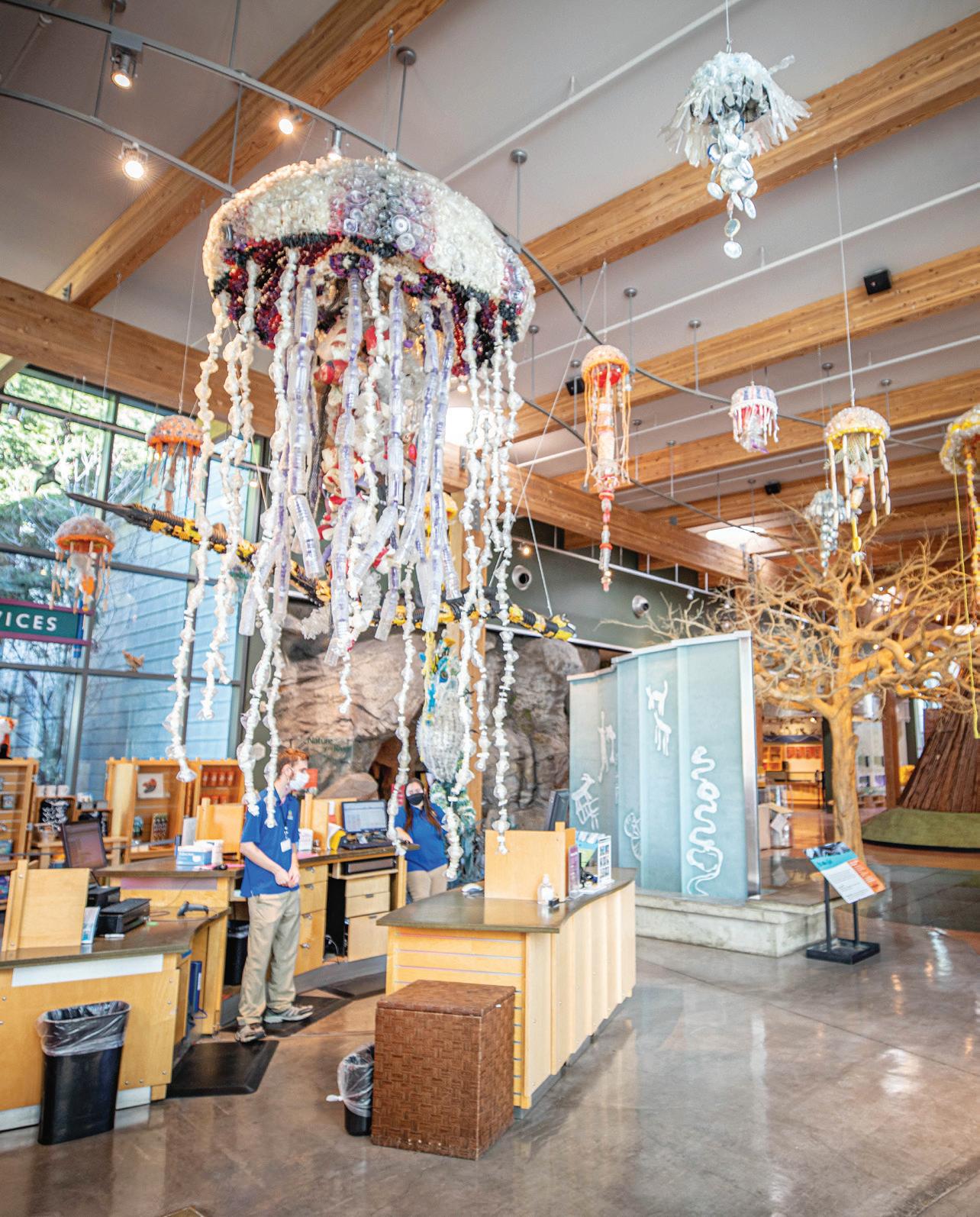

recognizable items hidden throughout the piece and encourages viewers to explore everyday items that can end up in the ocean, endangering
a
measuring 17 feet wide and impressing viewers no matter where she’s displayed;
new direction, identifying a community artist and training them to use local marine debris to create
For
representing creatures that mistake small plastic for bits of






Each sculpture has a lead artist overseeing the work, with numerous volunteers and one or more art assistants supporting the process. Most sculptures take three to five months to complete.

TRAVEL SPOTLIGHT 86
ADVENTURE 88
LODGING 90
TRIP PLANNER 94
NORTHWEST DESTINATION 100








Dos Mariposas is an idyllic getaway for an a ernoon or a longer quiet residency
written by Joni Kabana
YOU DON’T have to fly to France to don a lace dress or dandy suit to wander through lavender fields. Oregon has its own basket of these fragrant fields that stop even the most hardened heart in its tracks, enticing wonder.
Consider Dos Mariposas Vineyards & Lavender, near Medford. Worthy of a trek from far, this establishment boasts an impressive list of lavender varieties they grow, along with a selection of oils, lotions and dried lavender bunches they sell on-site. Starting in 2018, sixteen varieties of lavender, including purple, pink, white and blue varieties of varying sizes, were planted, resulting in highly mature fields that can be seen today.
Double your fancy by visiting the winery also found on-site. There you can sip on South African pinotage and chenin blanc varietal wines and apple-pear hard ciders while feeling like you have been transported to an 1800s romance novel.
With such an idyllic se ing, why not add some music? Dos Mariposas (symbolically named a er two “bu erfly” grandchildren) has quite the lineup for musical performances. Bring the kids—along with a kid-friendly charcuterie board with lavender lemonade, it has a large outdoor sandbox near the lavender field plus a growing selection of outdoor games.
If an a ernoon visit is not enough time for you, Dos Mariposas o ers a cozy cabin to rent for longer stays. A weekend girls’ trip, a week to rejuvenate or a monthlong artist residency to work on that elusive project you’ve been wanting to complete—set your own time limit to bask in this fantasy land.
For more information and to view Dos Mariposas’ event schedule, visit www.dosmariposasvineyards.com
written by Cathy Carroll

EXPERIENCING ART and culture doesn’t have to be passive. Sometimes the best insights come through doing. Immerse yourself in a hands-on endeavor—from glassblowing and beading to weaving and writing—and discover your inner and outer landscape in a new light.
The 2,100-degree heat hits your face as you peer into the furnace, glowing white-hot as you slide in a 5-foot-long steel blowpipe and gather clear, molten glass on its end. In this elemental moment, it feels as if this could be first-century-B.C. Syria and you’re discovering a new way of shaping glass. That’s when glassblower Jolene Boyce brings you back to the present, directing you to the next step in creating a piece of glass art at Lincoln City Glass Center.
The center offers thirty-minute sessions in which anyone can don a pair of safety glasses and leather gloves and work with a pro in making a glass float, heart, votive candle holder,
paperweight or fluted bowl. Next, you dip the gob of hot glass into “frit,” coarse granules of pigment you’ve picked for coloring your glass work. You’re making a float this time—a decorative version of a softball-sized glass orb used to buoy ocean fishing nets from the 1840s to the 1940s.
Placing the malleable glass into a second furnace, the 2,250-degree “glory hole,” it reemerges as a slick, gleaming, colorful blob. To smooth and shape it, you insert the blob on the blowpipe into the cherry wood block, a kind of ladle soaked in water. Steam swirls from the block as you roll the superheated glass in the wet fruit wood, emitting a sweet, earthy aroma.
Grabbing foot-long steel tweezers called jacks, you sink the tips into the squishy mass and twist, forming a swirling pattern. Boyce attaches an air compressor to the end of the blowpipe,



emitting a continuous, steady stream of air at about a fraction of birthday candle-extinguishing strength. It ensures quick success for even first-time glassblowers.
The process demands presence. That’s part of the appeal, said master glassblower Kelly Howard, managing partner of the center. “We need more things that make people feel like everything’s okay,” she said. “That is one of our specialties—this is a place where people are coming for a break from reality.” (www. lincolncityglasscenter.com)
From wood carving and painting with natural dyes to coastal food foraging to Native American weaving and jewelry making, WildCraft workshops offer creative practices that have nearly vanished from modern life. In their Portland studio or from area farms, forests and beaches, the hands-on experiences awaken creativity and deepen an understanding of place.
Whether you’re crafting functional objects such as furniture and brooms, or learning how to craft beaded earrings from local Native artists, the workshops connect you with the larger history of a skill through a cultural perspective.
New this year is SummerCraft, an immersive camp set for August 4 through 8 at Camp Colton, an outdoor environmental education venue on 85 forested acres in Colton, about 40 miles south of Portland. Hand-carve an heirloom bench. Explore the bold colors and patterns of Oaxacan textiles using natural dyes and Zapotec weaving techniques. Play with form and scale in stained glass. Dive into the art of traditional willow basketry.
Pitch your tent or opt for on-site lodging while seasonal, plant-forward meals fuel your creativity and let you see culture through the lens of craft. (www.wildcraftstudioschool.com)
Summer is a time to let your mind as well as your body roam. These meanderings may prompt ideas for a novel, suspense tale, essay, memoir, poetry or other work. Literary Arts is an ideal place to pursue the call, with classes at their new 14,000-squarefoot headquarters in Southeast Portland and online. Whether you’re just getting started or you’re a seasoned writer seeking a community that’s serious about the craft, Literary Arts offers a range of ways to proceed.
Their experienced teachers include many Oregon Book Award authors and fellowship recipients who strive to build a supportive community for students from a range of backgrounds. The focus is on experimentation, embracing mistakes and learning from others as part of the artistic process. (www.literary-arts.org)
written by Kerry Newberry
ON A 58ACRE stretch about 10 miles from Pacific City, safari-style domes and sleek glass cabins sprout from a lushly forested landscape. As you cruise by the quiet shores of Tierra del Mar, you’d miss the coast’s new luxe glamping retreat if you didn’t know to look for it.
Two Capes Lookout sits less than two hours from Portland but feels a world away—one that at first glance features the futuristic galactic dwellings from Star Wars. at is until you step inside. e modern yet woodsy interiors were brought to life by Max Humphrey, a nationally renowned designer and author based in Portland.
With high ceilings and walls of windows, both the domes and cabins feel airy and expansive despite the

small footprint. And you’ll find thoughtful accents throughout—from pour-over coffee stations to sustainable, evergreen-patterned blankets from locally owned Seek & Swoon. As you wander the grounds, you’ll notice the sublime glass cabins are equally enchanting from the outside—with reflective glass walls that augment the surrounding forest and sea. No matter where you slumber, you’ll feel completely immersed in the restorative sound of ocean waves. Get ready to set this glamping spot on repeat all summer long. 7000 FLOYD AVE.
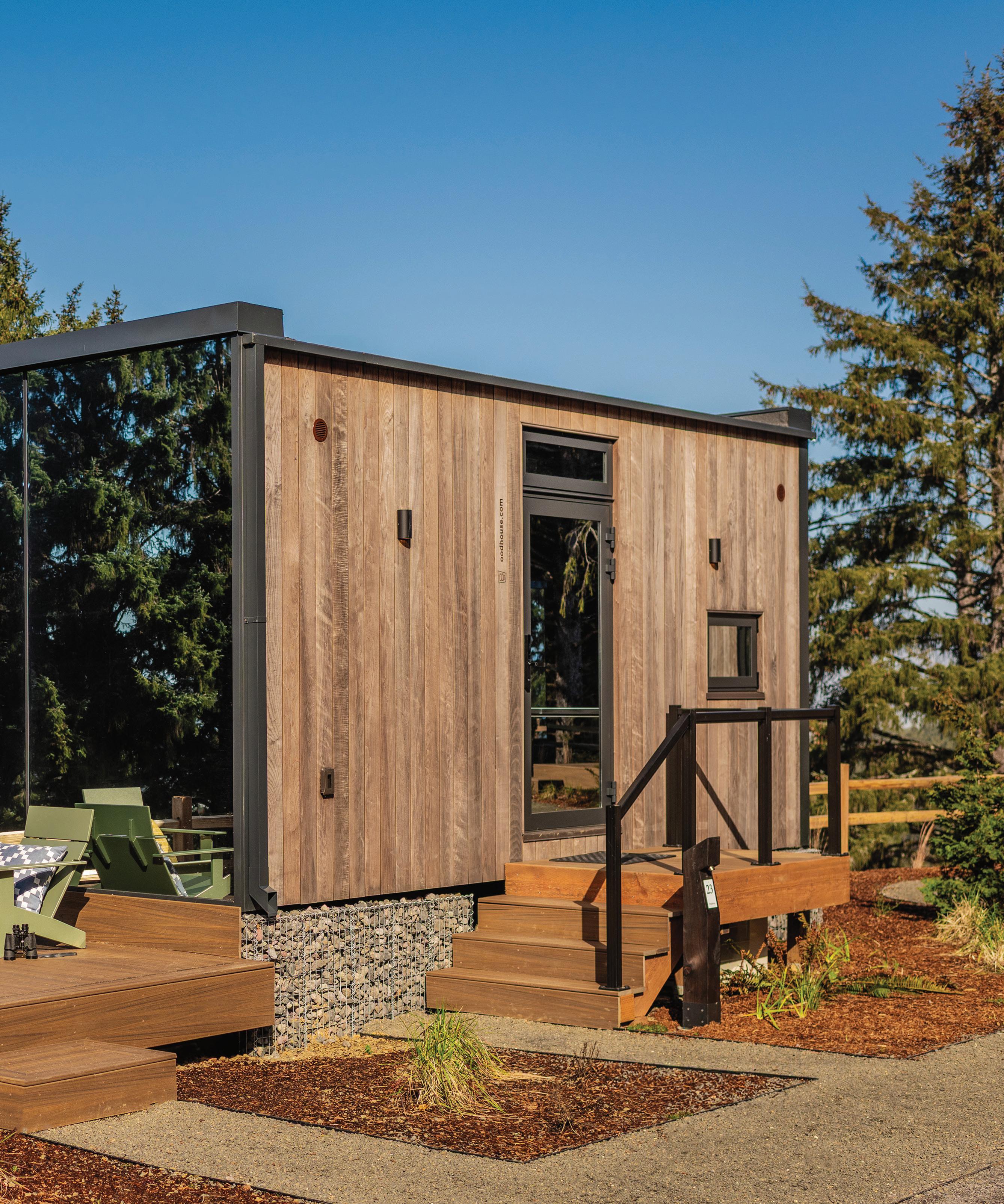
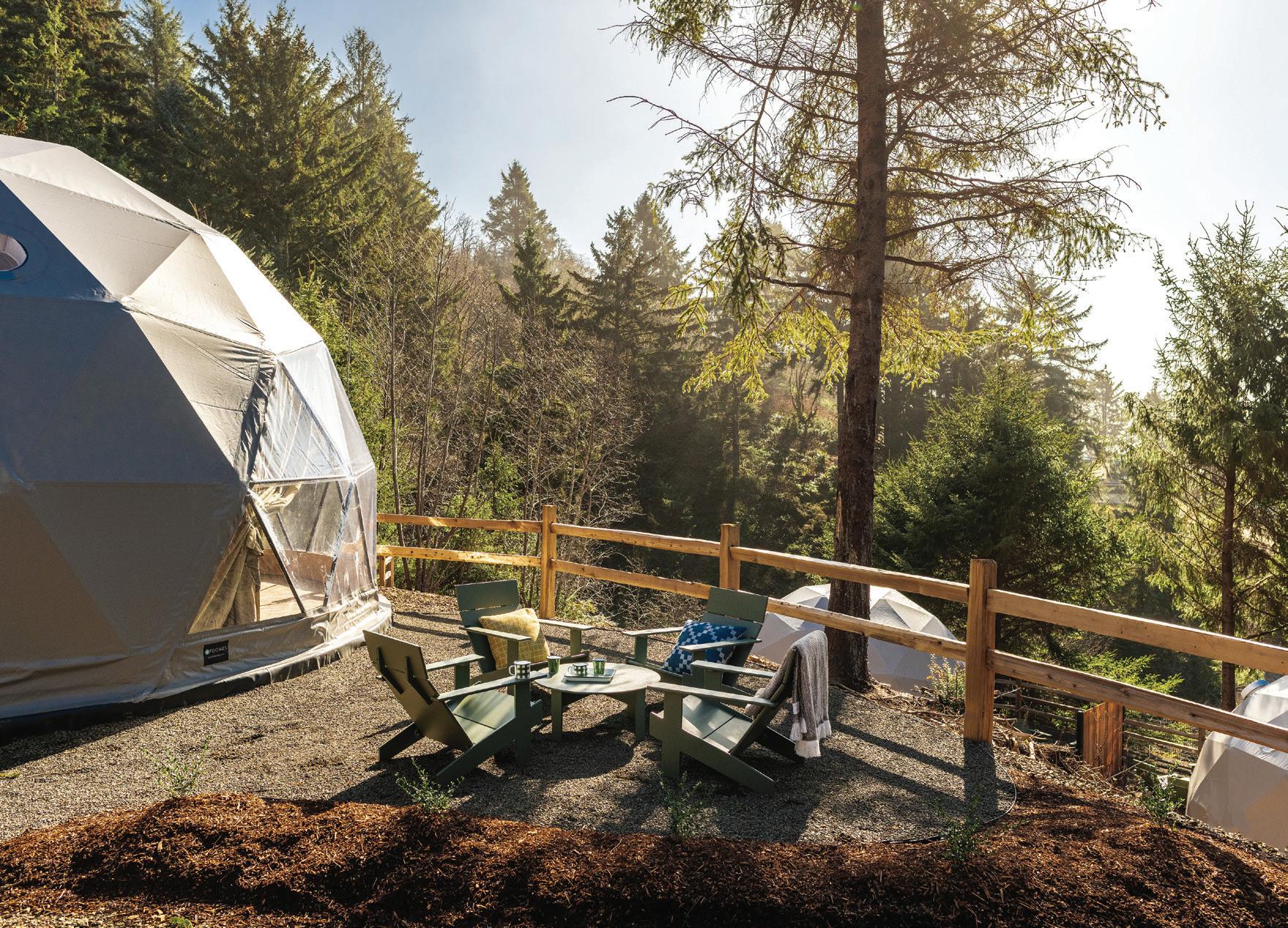

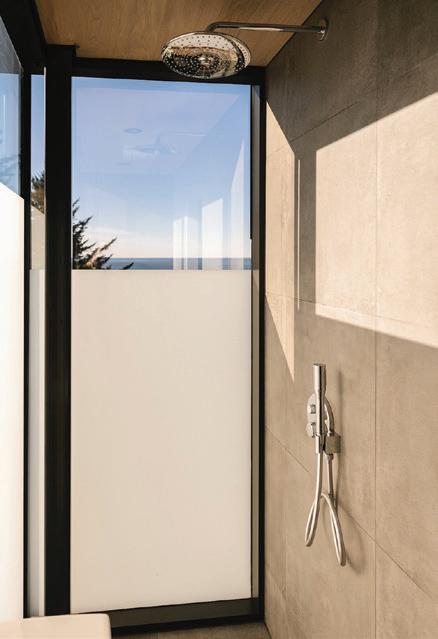

Four sleek mirror cabins sit along a hilltop with mesmerizing ocean views. Each 227-square-foot cabin has a queen bed, luxury linens, a private en-suite bathroom and indulgent heated floors. Inside, floor-to-ceiling windows and reflective walls illuminate the ever-changing seascape and windswept trees.
Fifteen modish geodesic domes are peppered across the forested property in various sizes, ranging from 294 to 404 square feet. The insulated spaces feature high ceilings, en-suite sinks, luxury bedding and a heater. Shared luxury bath houses are steps away from each dome, and select ones are pet friendly.
Soak up serene ocean sunsets at one of two community fire areas each evening, s’mores fixings provided. The benches around the fire pits are crafted from upcycled Sitka spruce trees from the property. All cabins and domes also have their own propane fire pit on the patio. Plan ahead to stock your mini fridge, but know that essentials like coffee and tea are provided.
Pack your beach reads—this tranquil retreat is ideal for getting lost in a novel. You can easily access the pristine shores of Tierra del Mar for beach walks. Or drive five minutes to Pacific City to explore tide pools, climb a soaring sand dune or rent kayaks through Nestucca Adventures. Jacobsen Salt Co. is a scenic twenty-five minutes away in Netarts (check for seasonal gift shop hours).
CLOCKWISE FROM TOP Find natural beauty and luxury at geodesic domes, ranging from 294 to 404 square feet, situated around the property. The peek-a-boo shower in a mirror cabin. Pair your morning coffee with views through floor-to-ceiling windows in a mirror cabin. The geodesic domes have luxury bedding and a heater.

























































written by James Sinks

WHEN 1850S-ERA wagon trains on the Oregon Trail creaked across what was known as Virtue Flat, near present-day Baker City, they didn’t see much reason to stop.
Lots of sagebrush and dust. No co ee. Zero stars.
But then prospectors found gold nearby in 1861, and the region developed a bit more cachet.

Incorporated in 1874, Baker City swelled to become Oregon’s third-largest city in 1900, thanks to its prime location on the rails between Sea le and Salt Lake City. With a Chinatown, opera houses, luxury hotels and not-virtuous brothels, the so-called “Queen City of the Inland Empire” was royally flush with reasons to visit.
Among the destinations then and now is the circa-1889 Geiser Grand Hotel. Today, bougie chandeliers and the dining room in a stained-glass-topped atrium o er a striking contrast to the sagging building rescued in the 1990s from becoming a parking lot.


“When we got here the pigeons owned the joint,” laughs Barbara Sidway, a nationally recognized preservation activist who with her husband owns the four-star destination.
Like the hotel, Eastern Oregon’s Queen City has also remade itself, following the fade of the local mining and timber industries. Situated in a scenic valley between the Elkhorns and Wallowas, the city hasn’t grown much since 1900, with about 10,000 residents. To help float the economy, it now serves as a base camp for year-round nearby adrenaline-generators: alpine adventures at Anthony Lakes, fat-wheel bike trails and Hells Canyon, the deepest gorge in North America.
In town, explore creativity via a surprising art scene, from the Crossroads Carnegie Art Center to a former elementary school that’s now a workshop and performance venue.

Every July, the region fetes its golden heritage during the Miners Jubilee festival. This summer, following security upgrades, the Baker Heritage Museum will begin displaying the boot-shaped, 80-ounce Armstrong Nugget, the largest Oregon-dug gold nugget still in original form.
Museum director Lynn Harshman expects more visitors will come. Like Field of Dreams, only with more luster. “It’s very big,” she said.














HISTORY • CHOCOLATE • BREWS
It’s hard to say what’s weirder, the 1969 movie Paint Your Wagon, or the tales surrounding it. A Clint Eastwood-starring musical Western in which two miners share a wife, it was filmed in a nearby national forest, in a fake town that was built from scratch and then destroyed afterward. Another of the actors, the late Lee Marvin, reportedly also enjoyed reallife bar fights.
A scale model of “No Name City” is on display at the Heritage Museum, where you’ll also find a black light room for exotic rocks and maybe your disco moves. The rock collectors, two local sisters who amassed 18 tons, spurned a purchase offer from the Smithsonian.
Baker City’s historic district is home to more than 100 nationally registered buildings. Towering overhead, the tallest is the Art Deco-styled, 10-story Baker Hotel, which opened in 1929—just in time for its local investors to lose their money, thanks to the Great Depression.
Now an office building, it offers a palatable contemporary investment: lunch at D&J Taco Shop on the street level, with snappy housemade hot sauces.
Afterward, dodge a downtown menagerie of whimsical metal animals—including giraffes on sidewalks and a crocodile climbing a wall. They come courtesy of a gallery called ArtRoamers, which imports from Africa but temporarily closed in May due to federal tariffs.
The Geiser Grand offers daily tours at 2:30 p.m. While the place is rumored to be haunted, you probably won’t see anything paranormal. Probably. “You can never disprove the existence of
ghosts, so it is an endlessly entertaining thing to explore,” Sidway said.
Stretch your legs on the Leo Adler pathway along the Powder River in town. Adler, a millionaire newspaper seller and philanthropist, was known around Oregon as “Mr. Baker” before he died in 1993. His former house on Main Street opens for summer tours.
Art and calories harmonize at Peterson’s Chocolates, founded by a wife-and-husband team and where truffles are just one showpiece. The shop doubles as a gallery with seventy-five rotating artists. Don’t miss the drinking chocolate, which is intoxicating without any booze.
For intoxicating with booze, it’s a half block to Glacier 45, a small-batch distiller whose vodkas and whiskeys are sold in Oregon and Las Vegas. Or visit the cavernous tap room of legendary Barley Brown’s Beer, and heat your liver two ways with jalapeño-infused Hot Blond ale.
At dinner, eclectic choices wait at The Cabyn, where gumbo and kimchi are mainstays on the small plate menu. For warmth, the building’s old fireplace mantle has been repurposed into a hot sauce library.
Check the schedule at Churchill School, a hip renovated elementary with zany sculptures in front, an Airbnb, a bike hostel and frequent musical acts in the cafeteria. Unlike normal elementary schools, there’s also a bar.
No music? Settle in for nostalgia and first-run movies at the neon-adorned Eltrym, once owned by a silent movie organist named Myrtle Buckmiller. The cinema name? Myrtle spelled backward.

In a former life, Jenny Mowe was a small-town Oregon kid who became an international basketball star. Today, she scores rave reviews at her mouthwatering Sweet Wife Baking shop, where the pecan-glazed cinnamon buns are marquee worthy. The banh mi-style bacon breakfast sandwich on house-made bread? Absolutely a winner.
Mowe loves being surrounded by a downtown community where people turn their passions into livelihoods. “It gives Baker City this cool vibe,” she said.
East of town at the hilltop National Historic Oregon Trail Interpretive Center, you’ll find a dozen replica wagons, but you absolutely can’t paint any of them. The U.S. Bureau of Land Management site includes dioramas and artifacts and invites you to walk the still-visible trail ruts across the valley floor below.
Curve downhill on Highway 86 into Richland, where you can prowl Copper Belt Wines, Baker County’s only vineyard and winery. In the town of Halfway, snap selfies at tiny liquor store Halfway Sober and peek into a towering old wigwam burner, once fueled with sawmill waste. Browse local art including barbed wire pieces at Gallery 231.
The highway continues to the Hells Canyon Inn & Cafe, with catfish, flatbreads and a bacon apple gouda sandwich, and probably some motorcycles out front. Then, it’s mere minutes to a jaw-dropping wonder: the bottom of Snake River-carved Hells Canyon. At the deepest spot, it’s 7,993 feet from the canyon rim to the water.
Get wet in the unincorporated hamlet of Oxbow, with its Idaho Power-run campground, day use area, boat launch and
dammed section of river that beckons you to plunge, fish or float.
For adrenaline junkies, whitewater and jetboat tours are 23 miles farther north, below the Hells Canyon Dam.
For cheese junkies, meanwhile, adventure waits back in Baker City. The Cheese Fairy, also known as Cody Cook, shares space with Copper Belt Wines on Main Street. In addition to tastings, she’ll mail dairy goodness to you. The storefront is a family affair—her family owns the winery, and her brother Travis is the winemaker.
The 45th parallel traces an imaginary line halfway between the equator and the top of the world, and that path sits just north of Baker City. Celebrating that proximity is Latitude 45 Grille, with locally sourced steaks and pasta, including glutenfree options. Fries come with a truffle aioli dipping sauce, which is also delicious on your fingers.
For drinkable art in a less expected venue, Main Event Sports Bar will concoct cocktails while games flash on the TVs and locals laugh in the loft. Bartender Jason Meeker, a onetime corporate banker, is writing a cocktail cookbook that includes a colorful gin blueberry sour he calls New Process.
“You’ve found the right spot,” he said with a grin, bottles inverted in both hands. Also, happily, Lee Marvin won’t be throwing any punches.



Barley Brown’s Beer www.barleybrownsbeer.com
D&J Taco Shop (541) 523-9405
Hells Canyon Inn & Cafe (541) 785-3277
Latitude 45 Grille www.latitude45grille.com
Main Event Sports Bar (541) 523-6988
Palm Court at Geiser Grand www.geisergrand.com
Sorbenots Coffee www.sorbenots.com
Sweet Wife Baking www.sweetwifebaking.com
The Cabyn www.bakercitycabyn.com
Blue Door Inn www.bluedoorinnbakercity.com
Geiser Grand www.geisergrand.com
Churchill School www.churchillbaker.com/lodging
Sunridge Inn www.bestwestern.com
The Ison House www.theisonhouse.com
PLAY
Baker Heritage Museum www.bakerheritagemuseum.com
The Cheese Fairy www.thecheesefairy.com
Churchill School www.churchillbaker.com
Copper Belt Wines www.copperbeltwinery.com
Crossroads Carnegie Art Center www.crossroads-arts.org
Eltrym Theater www.eltrym.com
Gallery 231 www.gallery231.org
Hells Canyon Adventures www.hellscanyonadventures.com
Peterson’s Chocolates www.facebook.com/ petersonschocolates
Quail Ridge Golf Course www.quailridgebakercity.com
Sumpter Valley Dredge State Heritage Area www.stateparks.oregon.gov
Sumpter Valley Railroad www.sumptervalleyrailroad.org

Back in the day, you did lots of digging in gold country.
Depending on your swing and your aim, you can hopefully avoid digging out at Quail Ridge Golf Course, with nine early holes before the mercury rises.
Brunch is big in Baker City. On Sundays, stroll to Geiser Grand’s Palm Court restaurant, and choose among waffles, trout and eggs, crab cake eggs Benedict and prime rib hash.
South of town, Oregon Highway 7 winds past cattle herds and into pine forests that once fed local sawmills and were the reason for the Sumpter Valley Railroad. Trains stopped running in the 1940s, but a volunteer-run nonprofit resurrected part of the route, three decades later. Some summer and fall weekends, passengers can book roundtrip runs between the mining town of Sumpter and a depot 6 miles away. Check to see when steam engines are running.
Nearby, Phillips Lake was created by damming the Powder River, and one of its shoreline features is Social Security Point, which feels maybe harder to reach nowadays. From there, it’s a 4-mile out-and-back hike to the end of the Shoreline Trail, with lake views and fewer bugs earlier in the day. Several longer routes beckon mountain bikes.
Gold mining is never particularly good for the environment. At Sumpter Valley Dredge State Heritage Area, a preserved mining boat stands as a monument to particularly destructive ingenuity.
Over forty years, a fleet of floating excavators tore up 8 miles of the fertile valley floor and turned it into a serpentine trail of rock piles—while crushing and extracting gold that today would be worth more than $250 million. Depending on your traveling party, there’s treasure of the herbal sort at Sumpter Nugget, the only cannabis dispensary in Baker County. Nearby, if you now have an appetite, there’s pizza and pulled pork tacos at the newly refurbished Sumpter Stage Stop Fueling Station and Bar.
Back in Baker City, grab road drinks at Sorbenots Coffee, started by a local family. Inspired by the Eltrym Theater, Sorbenots is the reverse of “Stone Bros.” Their slushy Arnold Palmer granita is amazingly refreshing, no matter how you spell it. And unlike the dusty Oregon Trail riders in these parts, you can have coffee for the long trek home.























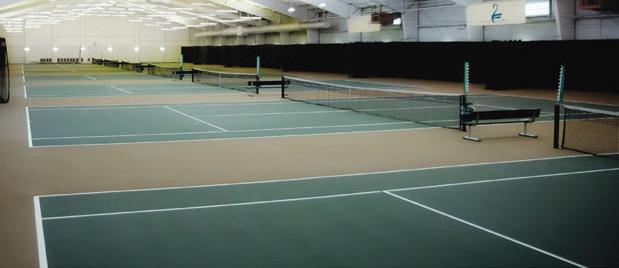







Eastern Idaho’s Blackfoot celebrates tantalizing taters, and the outdoors
written by James Sinks
AS THE saying goes, it’s like the other vegetables aren’t even trying.
A veritable vestige of versatility, potatoes can be enjoyed baked, boiled, shredded and browned. Tater Totted and curly fried. They make chips addicting, mashers magical, gnocchi noshable and latkes luscious. And the tour de force? Hello, vodka.
The friendly potato also helps stave off scurvy thanks to abundant vitamin C. And as a good source of fiber, they’ll keep you on the go.
Because they do so much to improve our earthly lives, you’ll be pleased to know there’s a place to celebrate the tubular tubers. Appropriately enough, it’s in Idaho.
The city of Blackfoot, which dubs itself the Potato Capital of the World, invites visitors to prowl the Idaho Potato Museum, an homage in a 5,500-square-foot former train depot. You’ll know you’ve arrived because there’s a mammoth, selfie-friendly fake spud out front.
While it may sound half-baked, the space attracts some 45,000 visitors annually to explore the culinary, commercial and cultural— from Mr. Potato Head to a video game-style spud-cultivating experience to the world’s
largest Pringle potato chip crisp. How large? It’s about 1 foot by 2 feet in size, and listed in the Guinness Book of World Records.
“Organizers didn’t even know if a museum based on potatoes would attract visitors,” said executive director Tish Dahmen. “Happily, this community experiment worked.”
Save room for lunch. At the museum’s Potato Station Cafe, the spread includes a baked potato bar, fresh-cut french fries, waffle fries and fried discs called potato dollars. The staff asks you to give them two hours’ notice for the bakers so they can be prepared to “the perfect fluffiness.”
And does Dahmen have a favorite style? “Seriously? Who can choose just one way to eat potatoes?”
At the Spud Sellar gift shop, find cookbooks, potato starch soap and toys. For cheesy romantics, the museum also invites you to write odes about the specialness of taters. Among the submitted sentiments in the “Potato Poetry Corner”: “I am a hot potato, desired, craved, naughty potato me.”
According to the Agriculture Marketing Resource Center, potatoes are the most valuable


vegetable crop in the United States. And no place in the country grows more of them than the Gem State, where rich volcanic soil helped farmers harvest an astonishing 12 billion pounds in 2023, according to the U.S. Potato Commission. Rounding out the rest of the top five domestic producers were Washington, Wisconsin, Oregon and North Dakota.
A roadside attraction since 1988, the museum opens daily through the summer and six days a week the rest of the year. Admission is $7 for adults, $5.50 for students and $6 for military and seniors.
Bingham County, where Blackfoot is located, is the state’s biggest volume potato producer. It’s the headquarters for a potato-harvesting farm equipment manufacturer called Spudnik and serves as the annual home to the late-August Eastern Idaho State Fair. Just north of Blackfoot is the farm town of Shelley, set to stage its annual spud festival in September, featuring games including a tug-of-war over a pit of mashed potatoes, Dahmen said.
Yet while potatoes are fun, there’s more to Blackfoot—and you can mash quite a bit more into a visit.
Home to 12,346 people in 2020, Blackfoot sits along the Snake River roughly midway between Idaho Falls and Pocatello on U.S. Interstate 15. Out past the farms and tractors, it’s a jumping-off point to high country adventure.
Hike, camp, golf, bird-watch and explore craggy volcanic landscapes that were once the range of Indigenous tribes including the Shoshone-Bannock people, before the westward expansion got going in the 1850s. Just to the south, branches of the Oregon and California trails converged at Fort Hall.
To the east, the steep-sided Blackfoot River Canyon is a rookery for soaring eagles, hawks, owls and other raptors. In the Wolverine Canyon section, trails invite mountain bikers, and cliff walls beckon rock climbers. Want to escape the summer heat? In some places, the river is floatable in canoes and kayaks. In others, Class IV and Class V whitewater makes the route popular with expert river runners, when there’s enough water flow.
At Hell’s Half Acre Lava Field, a National Natural Landmark, three trails crisscross a 4,000-year-old Hawaiian-style lava field, and, without tree cover, you also can bake in the summer sun like a potato.
Feeling lucky? Wager actual (non-spud) dollars at the Shoshone-Bannock Casino Hotel, or foil your competition under the Saturday night black lights at Pindale Lanes.
Not surprisingly, taters populate local menus, including at Taste of Teton steakhouse, in the city’s several-block downtown district. Find Idaho nachos with waffle fries at Tommy Vaughn’s Grill, loaded cheesy potatoes with brisket at Blackhawk BBQ Pit, carne asada fries at Vazquez Mexican Restaurant and a stroganoff baked potato at Rupe’s Burgers.
At the Candy Jar, a kids’ paradise and dentists’ shop of horrors across from the Potato Museum, load up on marshmallowy Idaho Spud Bars plus chocolate milk made with potato flakes. Finally, toast tantalizing taters—and your East Idaho adventure—at watering holes like Tumbleweed Saloon, with potato juice of the intoxicating variety. Several Idaho labels including 44° North and Grand Teton Distillery concoct gluten-free vodka with local crops. If you’re going to get fried, it’s a good-spirited way to do it.
Blackhawk BBQ Pit www.blackhawkbbqpit.com
Potato Station Cafe www.idahopotatomuseum.com
Taste of Teton www.tasteofteton.com
Tommy Vaughn’s Grill www.tommyvaughns.com
Tumbleweed Saloon www.facebook.com/ tumbleweed208
Vazquez Mexican Restaurant www.vazquezmexican restaurantid.com
Best Western Blackfoot Inn www.bestwestern.com
Shoshone-Bannock Casino Hotel www.shobangaming.com
Bingham County Historical Museum www.binghamcounty historicalsociety.org
Blackfoot River www.blm.gov/visit/ blackfoot-river
Blackfoot Golf Course www.blackfootgc.com
Candy Jar www.blackfootcandyjar.com
Hell’s Half Acre Lava Field www.blm.gov/visit/lava-trailsystem-hells-half-acre
Idaho Potato Museum www.idahopotatomuseum.com
Pindale Lanes www.pindalelanes.com

(photo:
The points of interest below are culled from stories and events in this edition of 1859

























































OCT 8-12 2025 TH


Wherever you are, we’re right there with you.








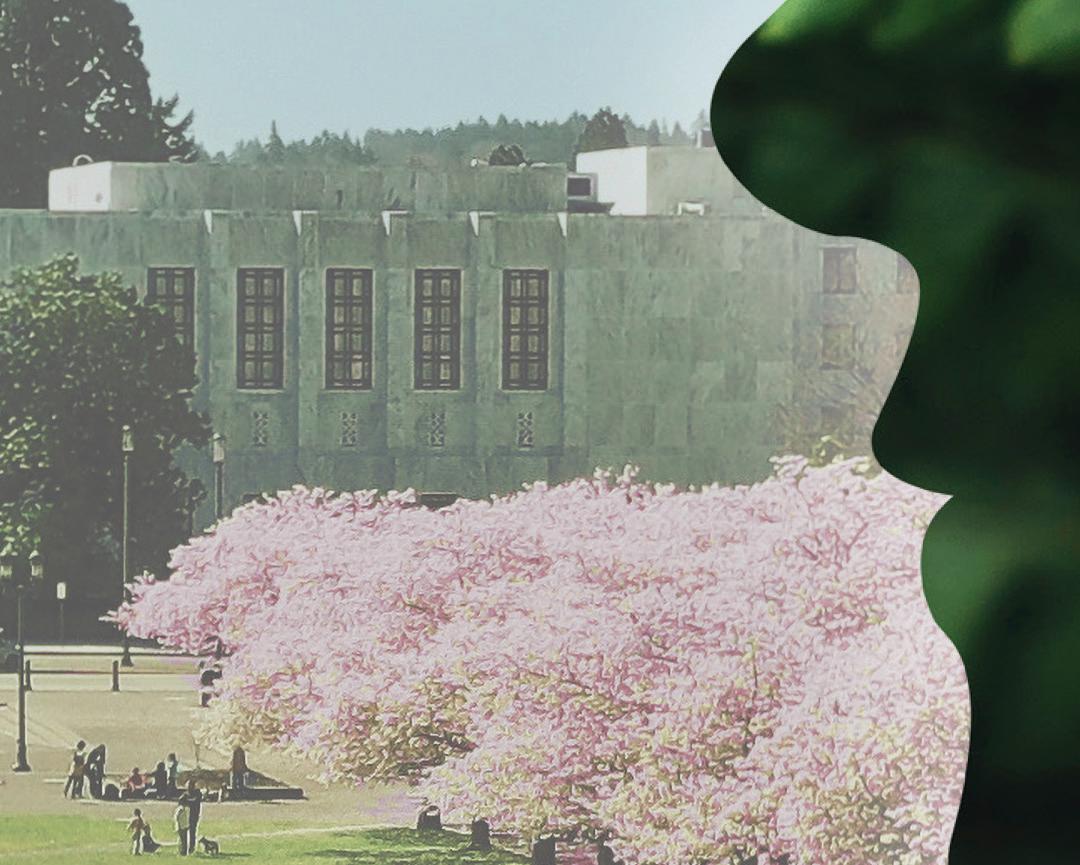


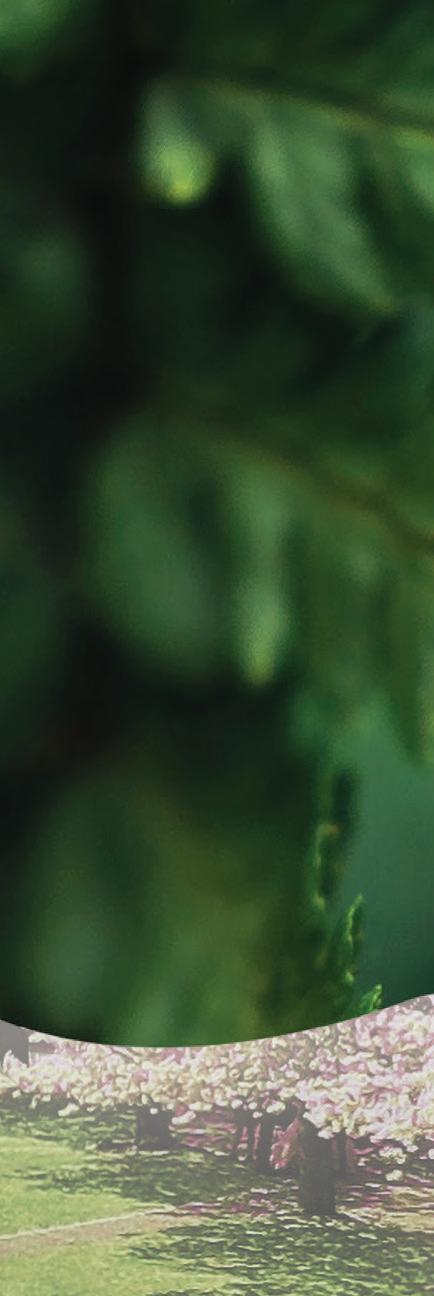





Some of the most important stories are happening right in your backyard. That’s certainly what OPB’s Lillian Karabaic and Prakruti Bhatt discovered in their ‘Stop Requested’ series. Over 14 days, riding 30 buses, they discovered the challenges of public transportation in rural areas – and met some amazing people along the way.

Journey with us across rural Oregon at opb.org/stop-requested. at opb.org/stop-requested.



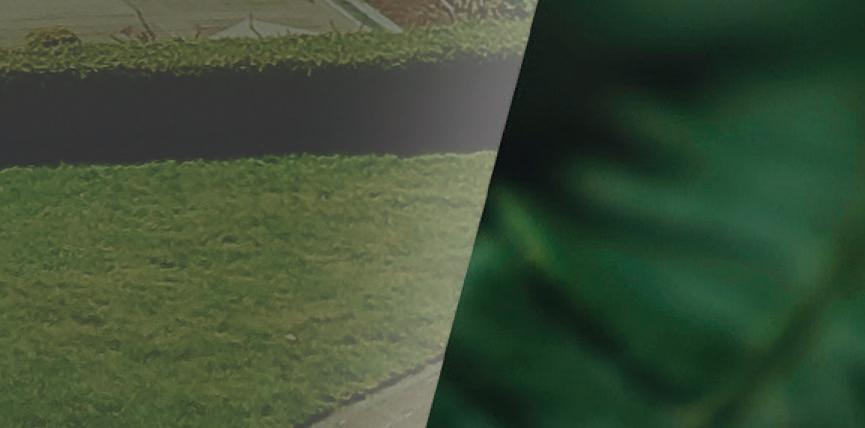


Sip the world’s best wines & learn about how winemakers are handling climate change
























































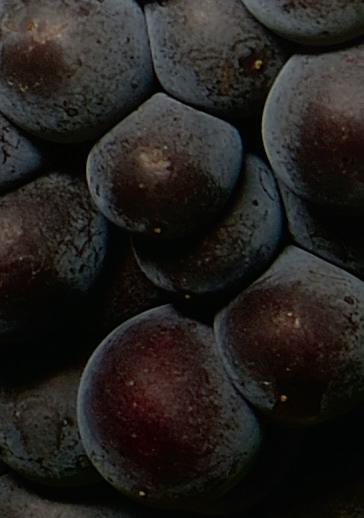





At a winery in the Pacific Northwest, a woman swirls pinot noir in her glass. She puts her nose into the glass and inhales to take in the bouquet of the 2022 vintage and looks out over the vineyard from where this block of wine grapes came. “I’m getting notes of blackberry, chocolate and …” She cocks her head to one side
as if this thought is coming from a different part of her brain: “… ponderosa pine char.” e effects of climate change and global warming are challenging the wine industry in the Pacific Northwest to innovate or die on the vine. One need only look back to the devastation in and around Napa Valley over the past decade to see that the times they are a changin’. In the Camp Fire, the heart of California wine
country lost eighty-five people, 11,000 homes and 153,000 acres. ese fires are a symptom of a larger problem that has been acknowledged and growing for decades. Back in 1992, the writing was already on the wall for the long-term sustainability of the animal population, oceans, agriculture and people. Written by Henry Way Kendall, an MIT particle physics professor and Nobel Prize winner, World
Scientists’ Warning to Humanity began like this: “Human beings and the natural world are on a collision course. Human activities inflict harsh and often irreversible damage on the environment and on critical resources. If not checked, many of our current practices put at serious risk the future that we wish for human society and the plant and animal kingdoms, and may so alter the living world


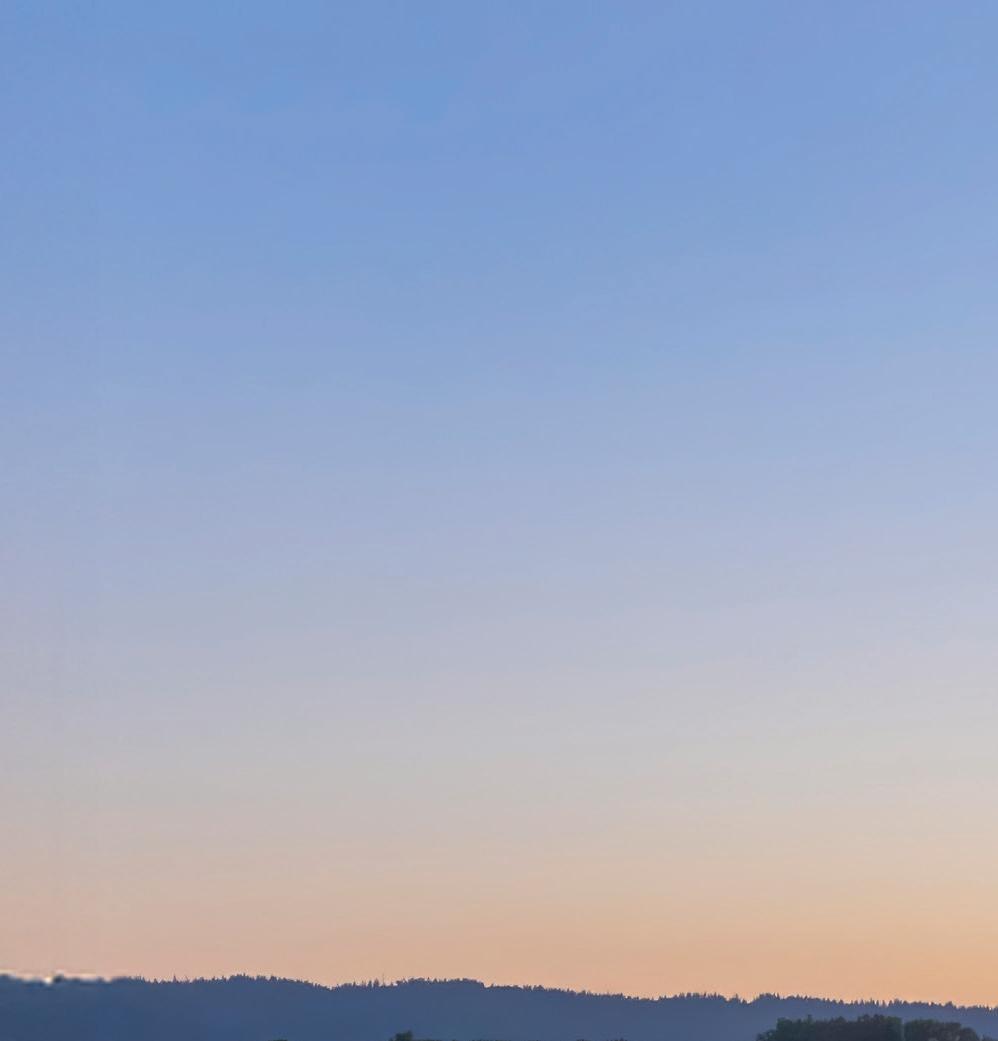











that it will be unable to sustain life in the manner that we know. Fundamental changes are urgent if we are to avoid the collision our present course will bring about.” It was signed by 1,700 of the world’s leading scientists.
In 2017, feeling like they weren’t sufficiently heard, scientists issued a second warning, this one written by Oregon State ecology professor William Ripple and signed by 15,364 scientists.
So what’s at stake right now for the wine industry in the Pacific Northwest? Between Washington and Oregon, it’s a massive industry with a significant contribution to their economies.
Next to California, Washington and Oregon are the next biggest wine-growing regions in the
United States. Washington has approximately 1,050 wineries over 50,000 acres accounting and $10.5 billion in economic impact. Across the Columbia, Oregon’s wine industry accounts for more than 1,150 wineries, nearly 46,000 acres of vineyards and more than $8 billion annual economic impact.
The industry is facing a multitude of issues related to climate change. Warmer temperatures are leading to quicker ripening of grapes, before the compounds that give wine grapes their aroma and taste have time to catch up. Drought and water conservation are a compound-
ing factor with warmer temperatures. These conditions also lead to increased wildfires in the Pacific Northwest, which can present itself in the taste of wine grown in the fire region. “Is this the Camp Fire vintage?” Add in a dose of increasing extreme weather events and you have the climate challenge that our wine industry faces today.
The industry is also facing new challenges not related to climate, but from defunding science. In February, thousands of federal workers across several agencies were fired as part of the Trump administration’s broad effort to reduce the federal government’s workforce, according to Oregon Public Broadcasting. That includes at least nineteen U.S. Depart-
ment of Agriculture research and administrative employees, including many who worked in collaboration with OSU at the university’s agricultural research stations.
For the hardworking people in the wine industry, this is their family business, their legacy, their passion. Failure is not an option. Innovation is de rigueur.
At one vineyard on the border of Oregon and Washington, a pilot project holds promise for the industry far beyond the Northwest.
One of today’s biggest challenges “is to produce quality wines that reach balanced

Explore Oregon’s Wine Country through our website.
The industry is facing a multitude of issues related to climate change. Warmer temperatures are leading to quicker ripening of grapes, before the compounds that give wine grapes their aroma and taste have time to catch up. Drought and water conservation are a compounding factor with warmer temperatures. These conditions also lead to increased wildfires in the Pacific Northwest, which can present itself in the taste of wine grown in the fire region.
phenolic ripeness,” according to a February 2025 report in the Harvard Data Science Review “Because it is warmer, the sugar maturity of wines increases faster, and so the phenolic (aroma) properties of the wines are not sufficient.”
A project led by Oregon State University’s horticulture program uses natural kaolin clay (spray) to protect wine grapes from heat and sunburn, allowing grapes to ripen alongside their other bouquet qualities. is research found that blocks that were treated with the kaolin spray produced “greater yields and fruit quality compared to the control plot, where kaolin wasn’t applied. Evidence also showed that kaolin reduced the impact of heat and light on vine leaf function.”
Five years ago, wildfires did an estimated $3 billion in damage to the wine crop of 2020 in the Northwest and California. is big number called for further research and innovation. How can the sensitive skins


of grapes camp among these recurring natural catastrophes yet not smell like the campfire?
Yanyun Zhao, distinguished professor of Food Science and Technology from Oregon State University, and colleagues developed a spray coating that blocks the phenols that contribute to smoke-damaged grapes without impairing the growth or quality of the grapes. is product could be available to wine growers in the next couple of years.
Professor Zhao’s work to help save the multibillion-dollar industry from climate change, however, is funded by the Oregon Department of Agriculture and the U.S. Department of Agriculture, the latter in the process of being defunded. e only innovation to oppose defunding science is education and knowledge. e only solution for protecting our wine industry that produces some of the world’s greatest pinot noirs and cabernet sauvignon comes down to science.













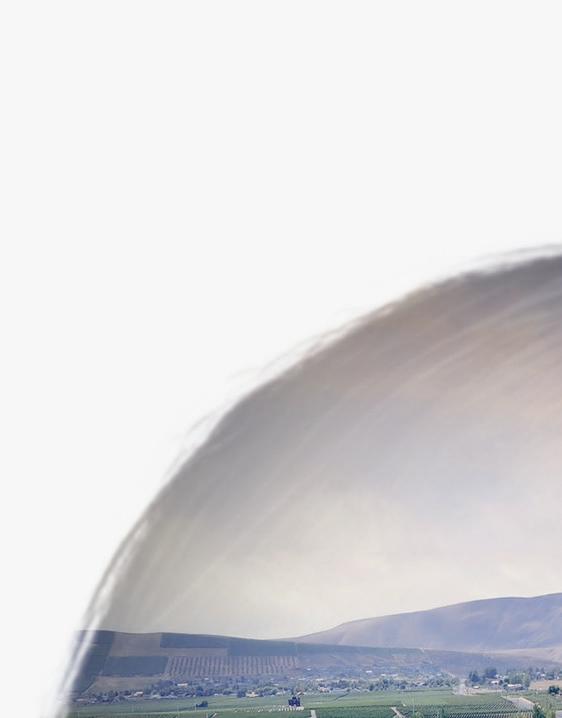





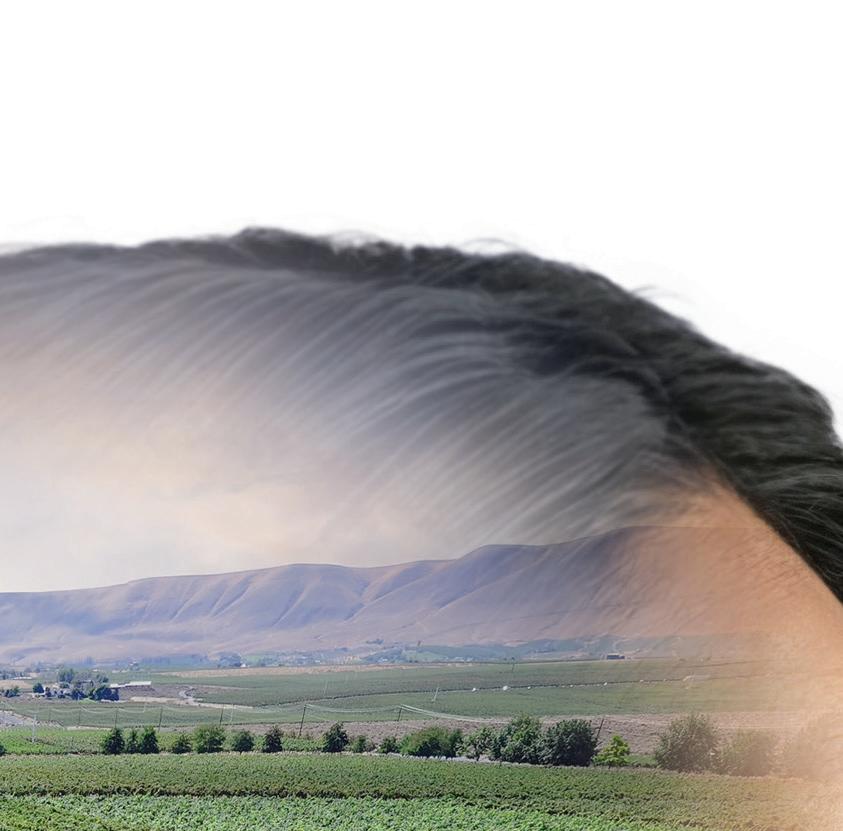















Unwind in the refreshing swell of life on the river. In the Heart of Washington Wine Country® relaxation flows across 200 wineries and vineyards – all within a 50-mile radius. Here, tasting is only part of the experience. Well-blended vacations include unlimited sunshine, award-winning blends, a captivating fusion of history and science, open skies, and endless space. Visit DISCOVER WHAT’S IN YOU. the Tri-Cities and
















